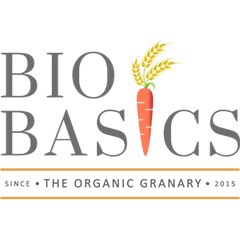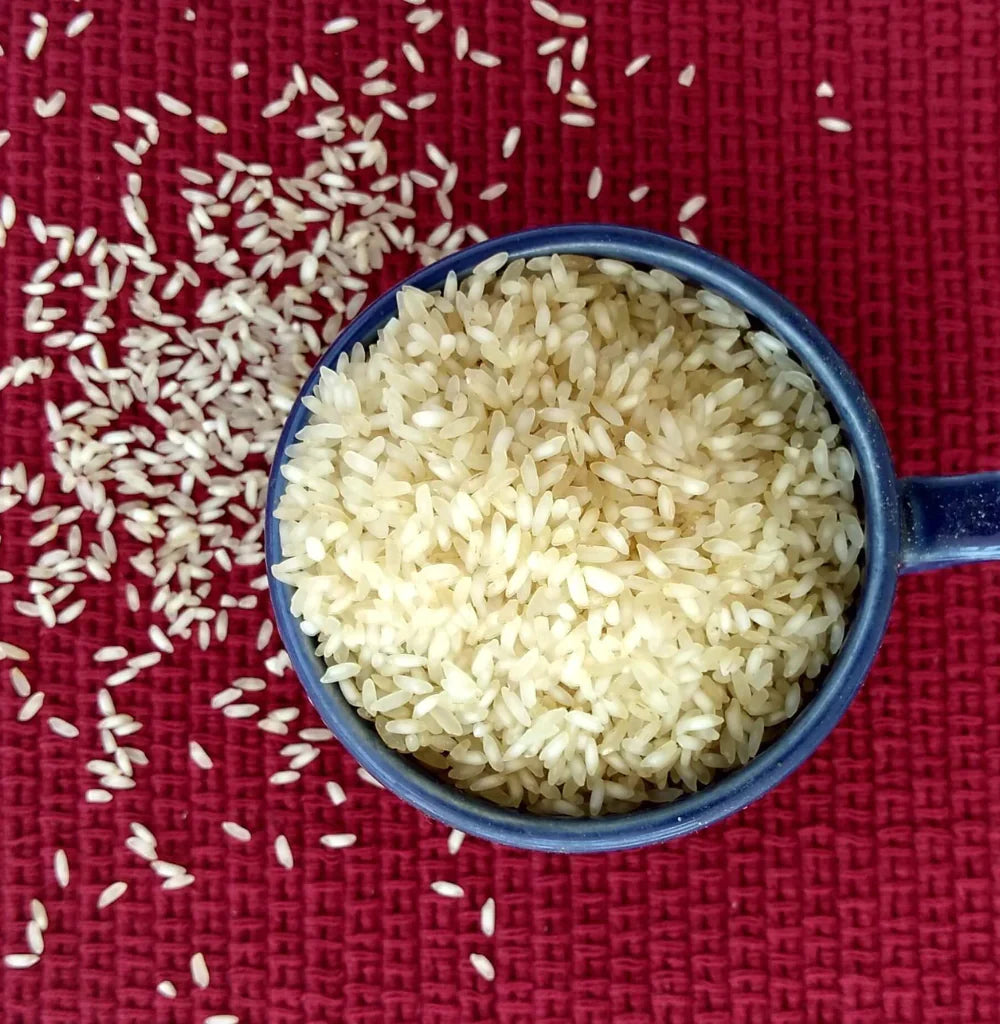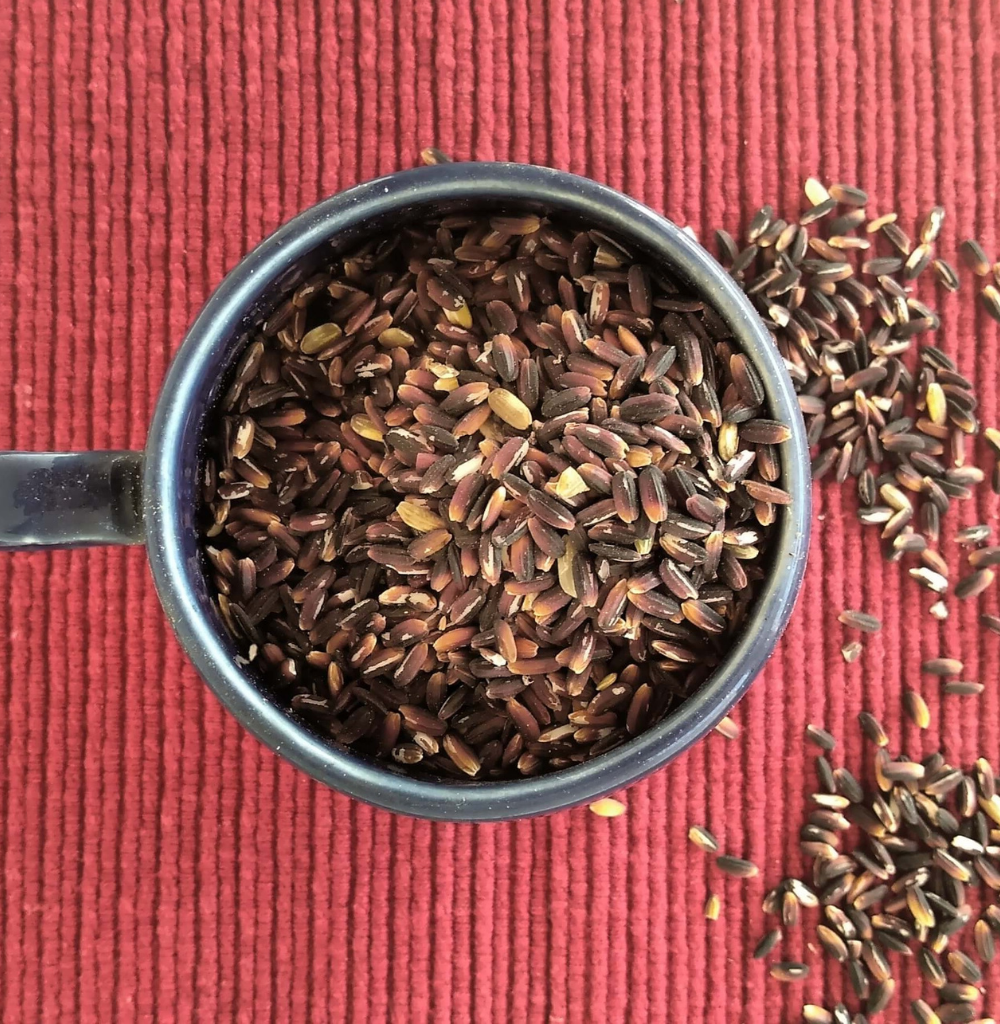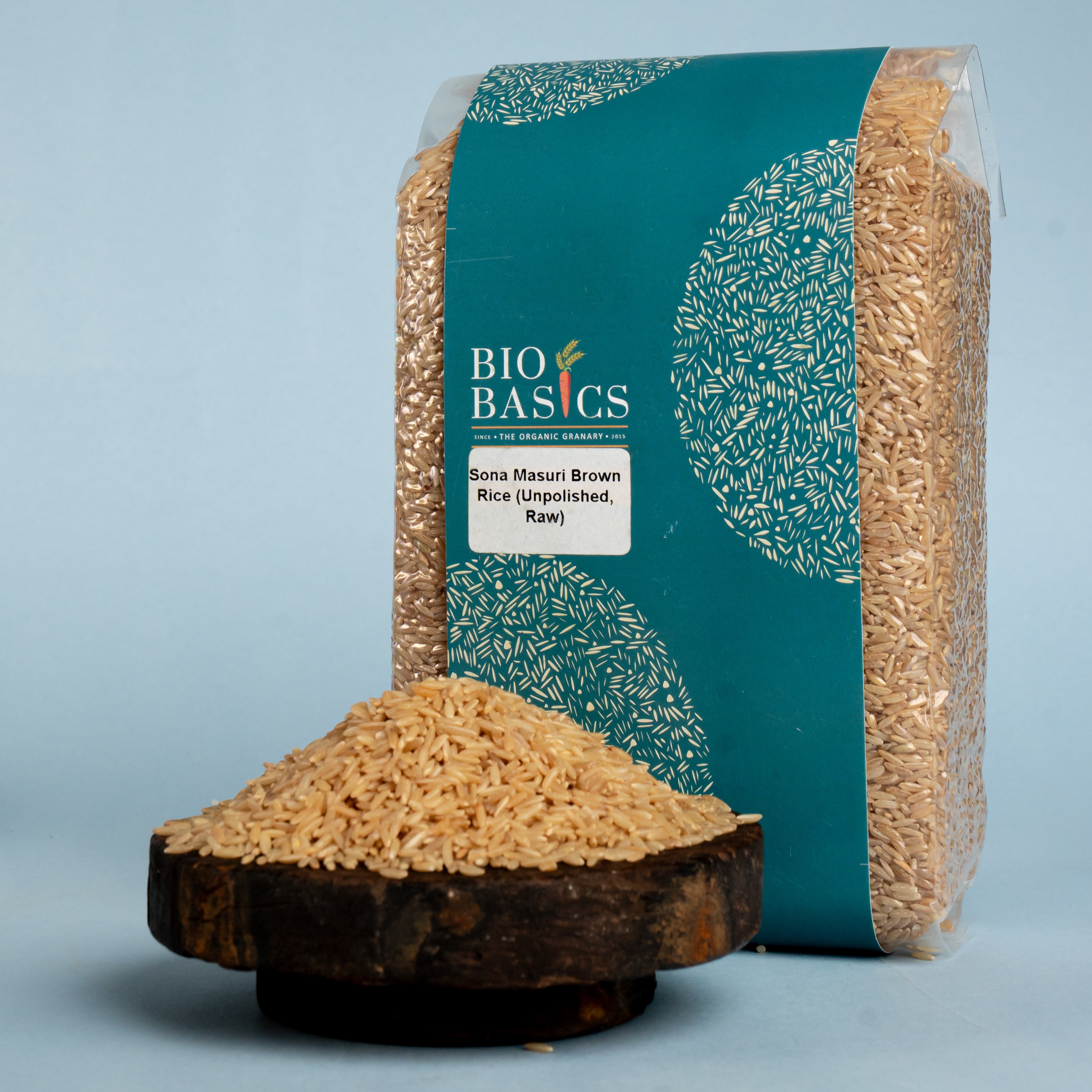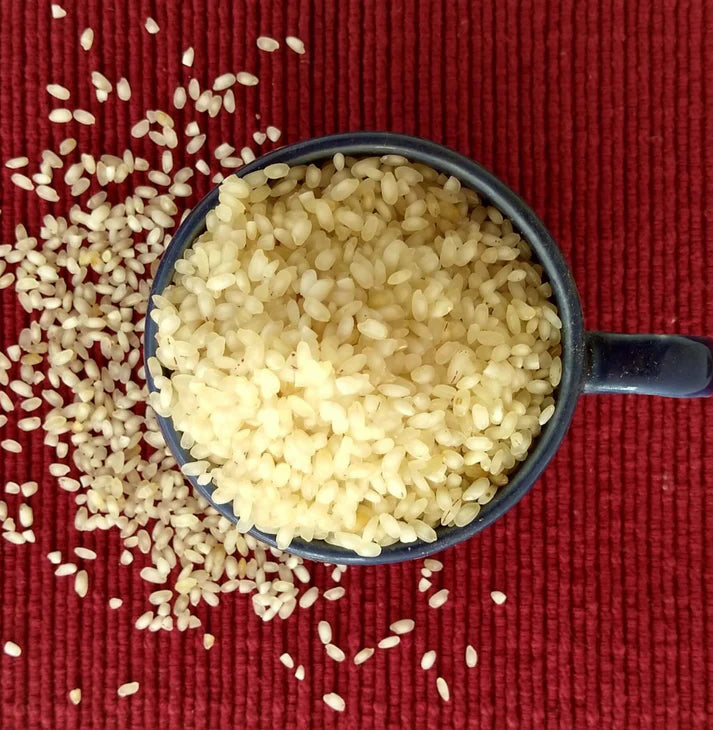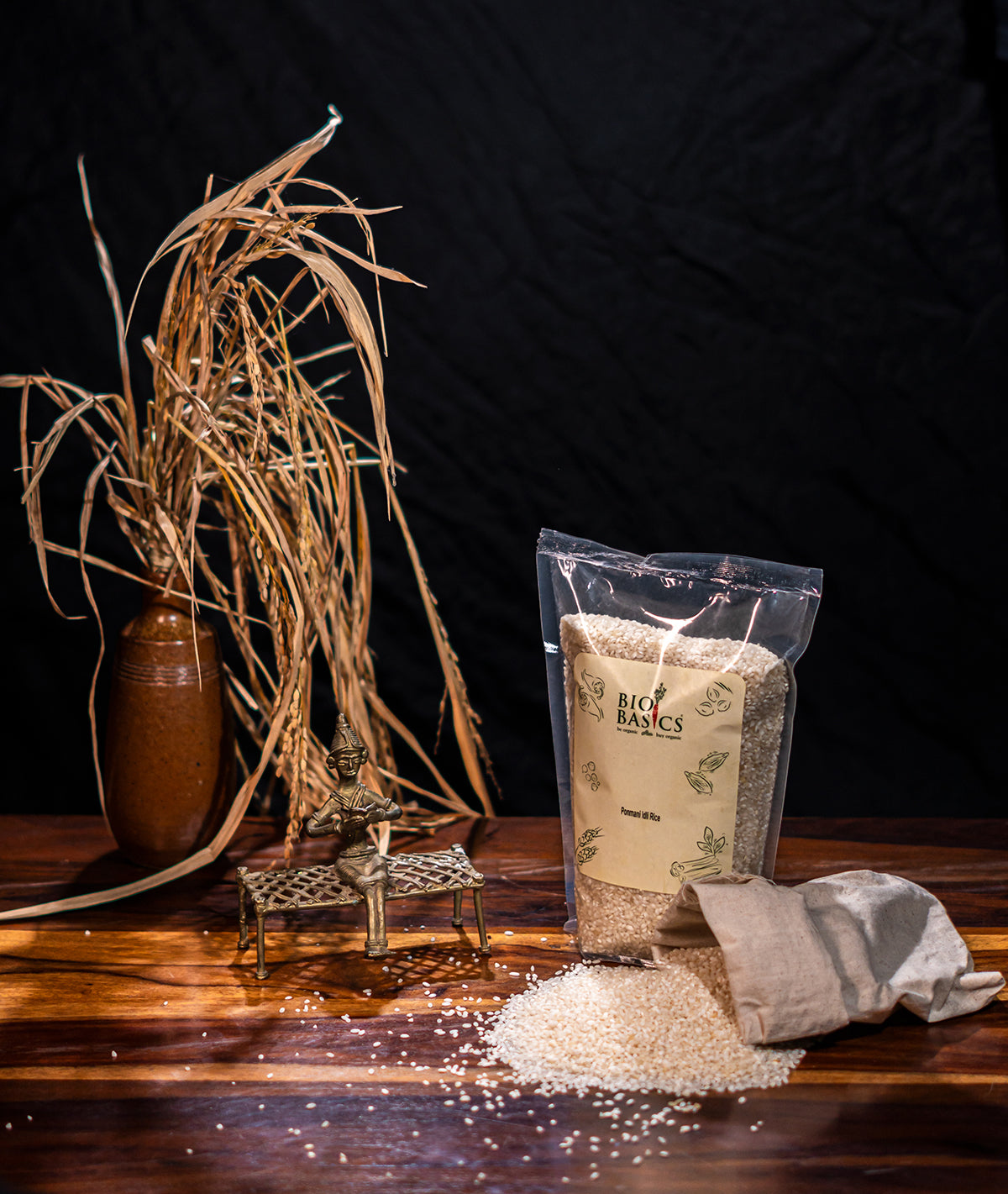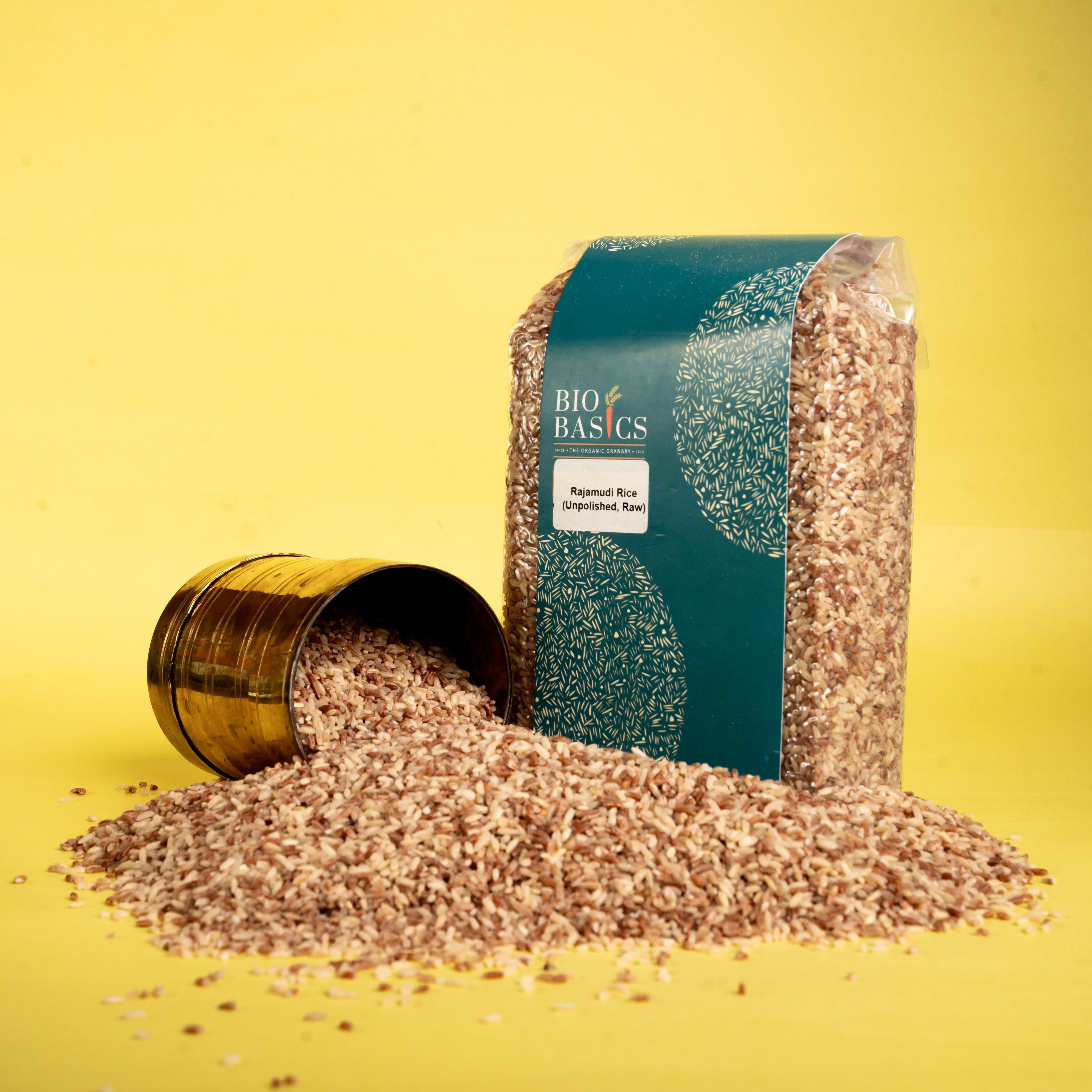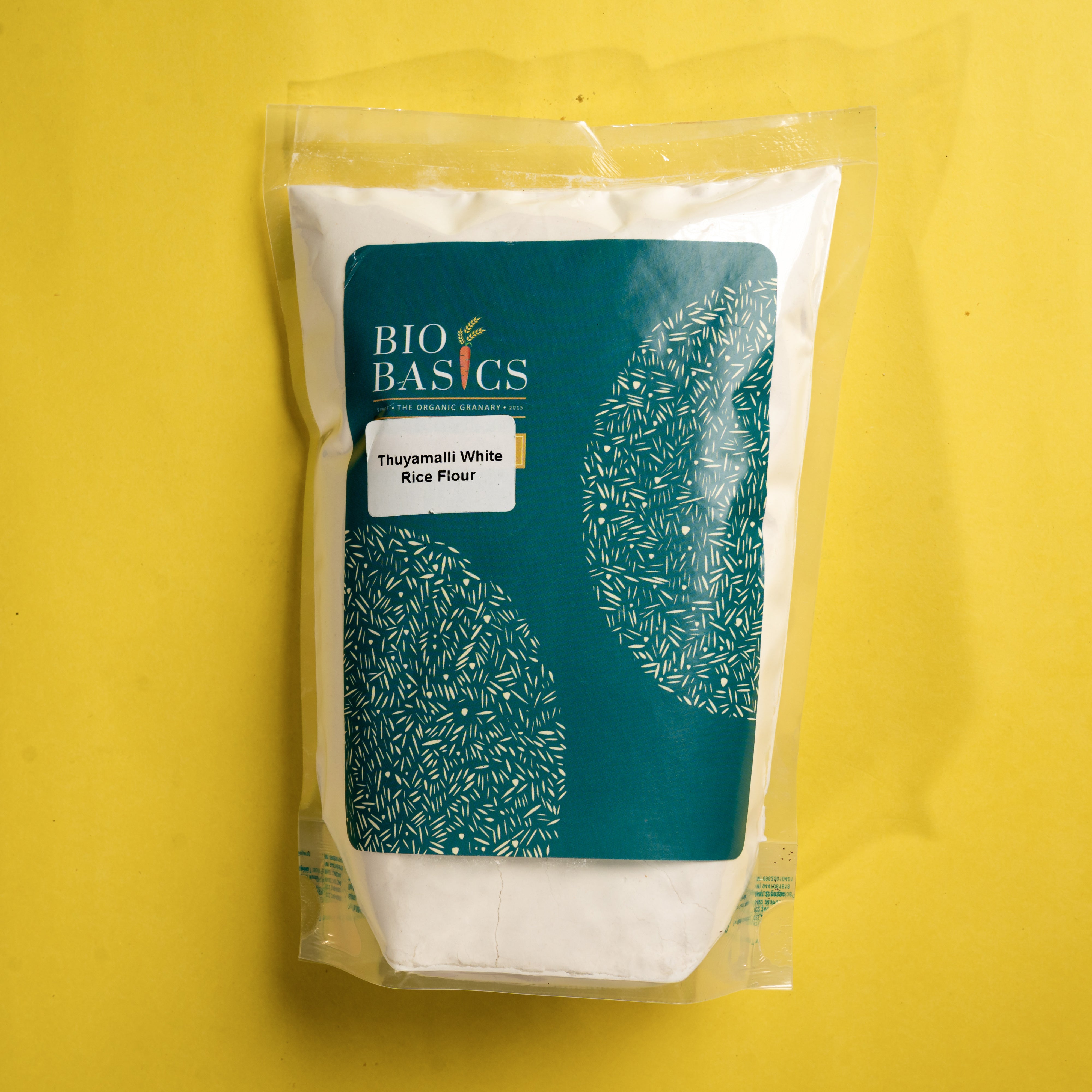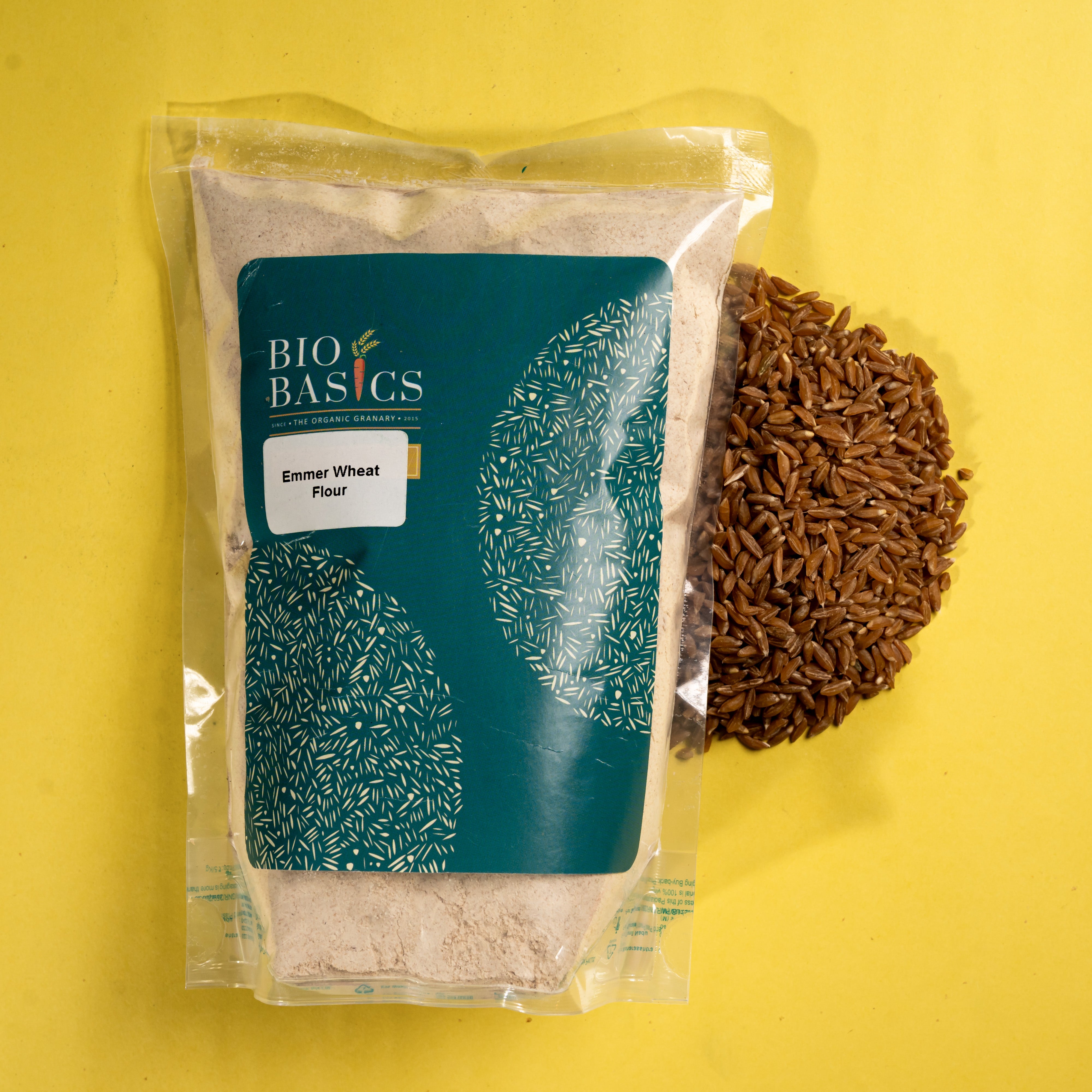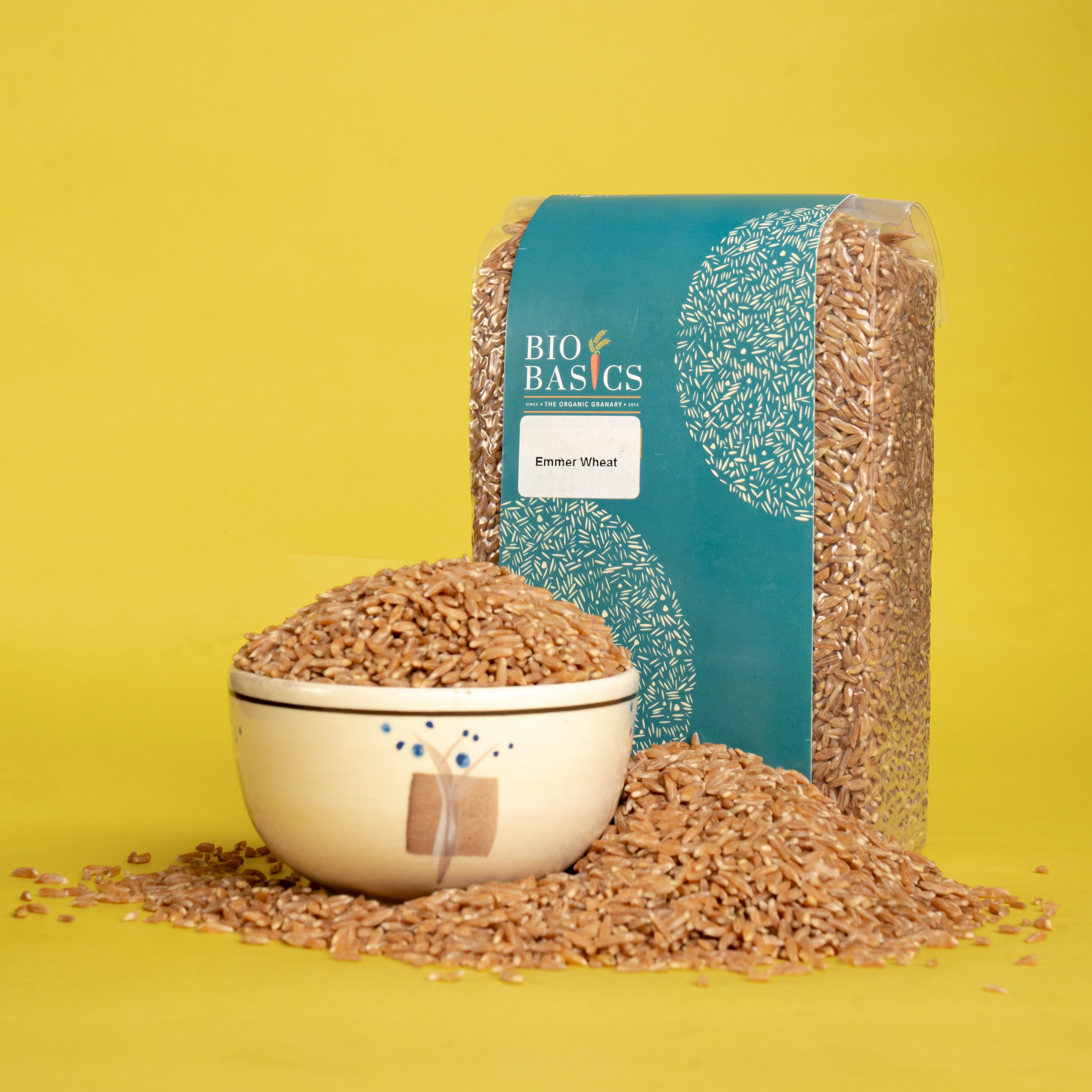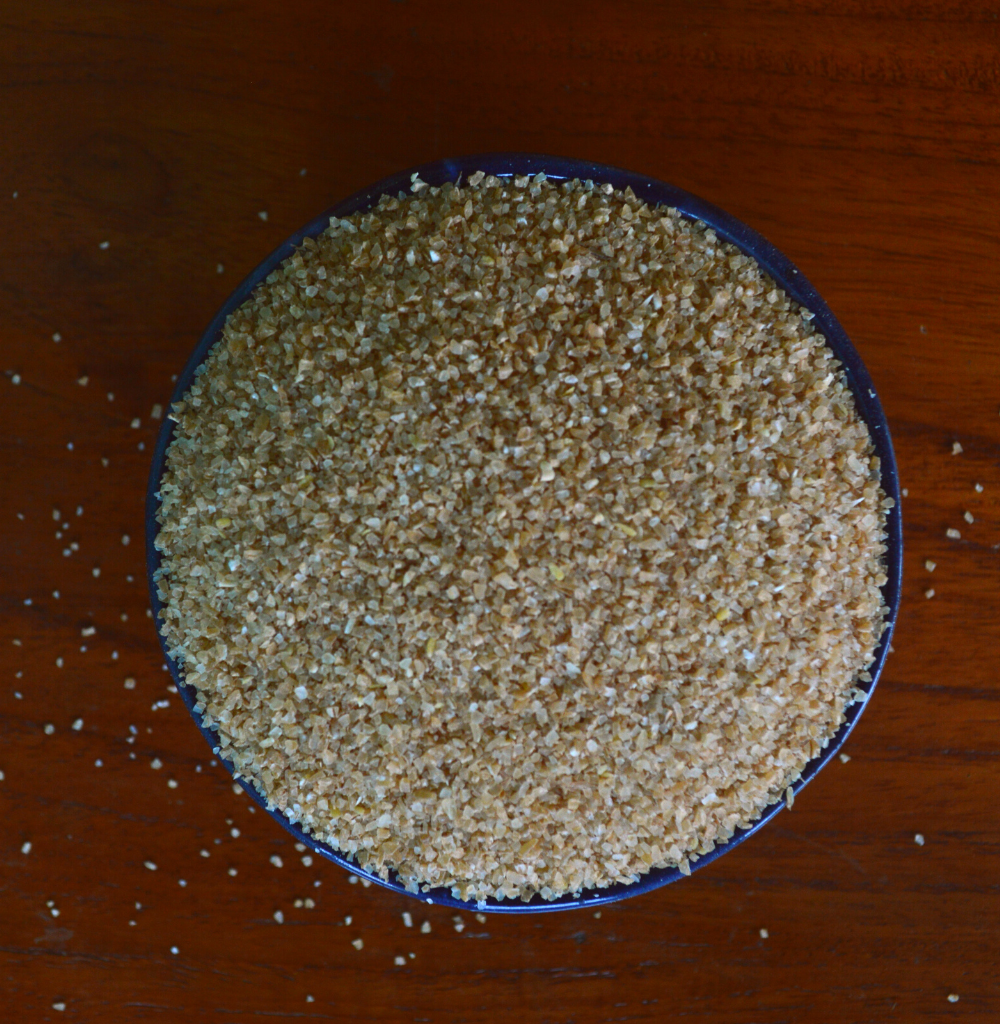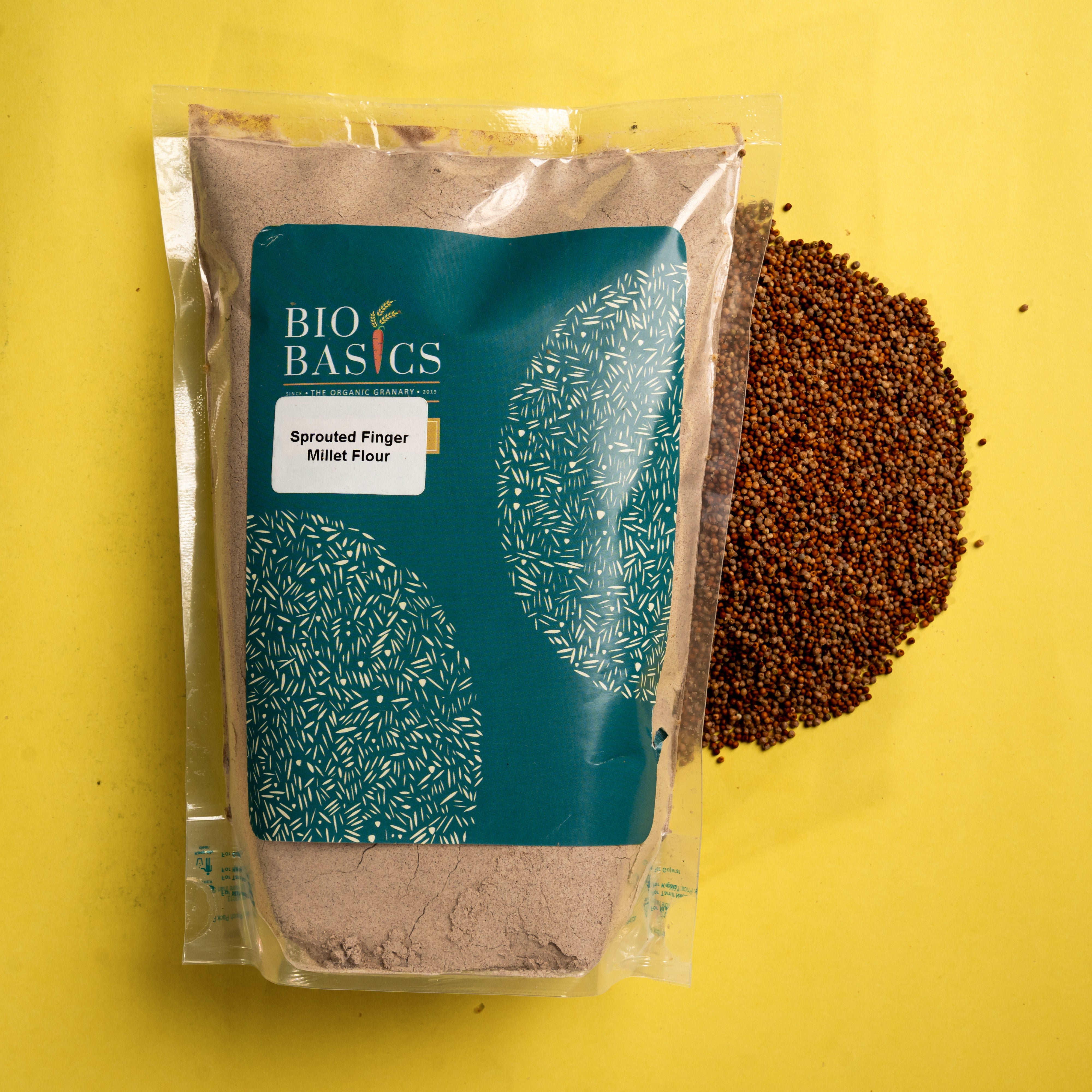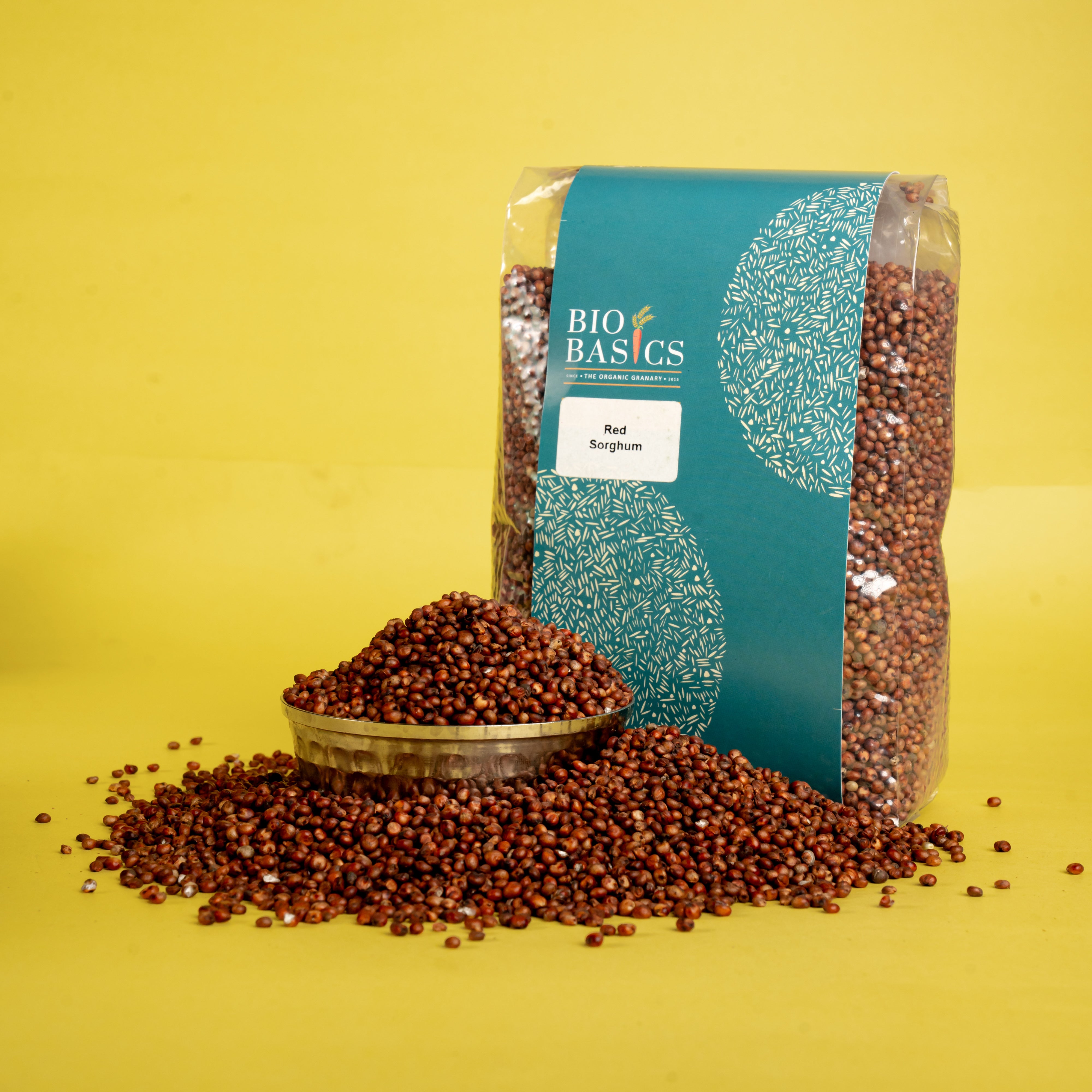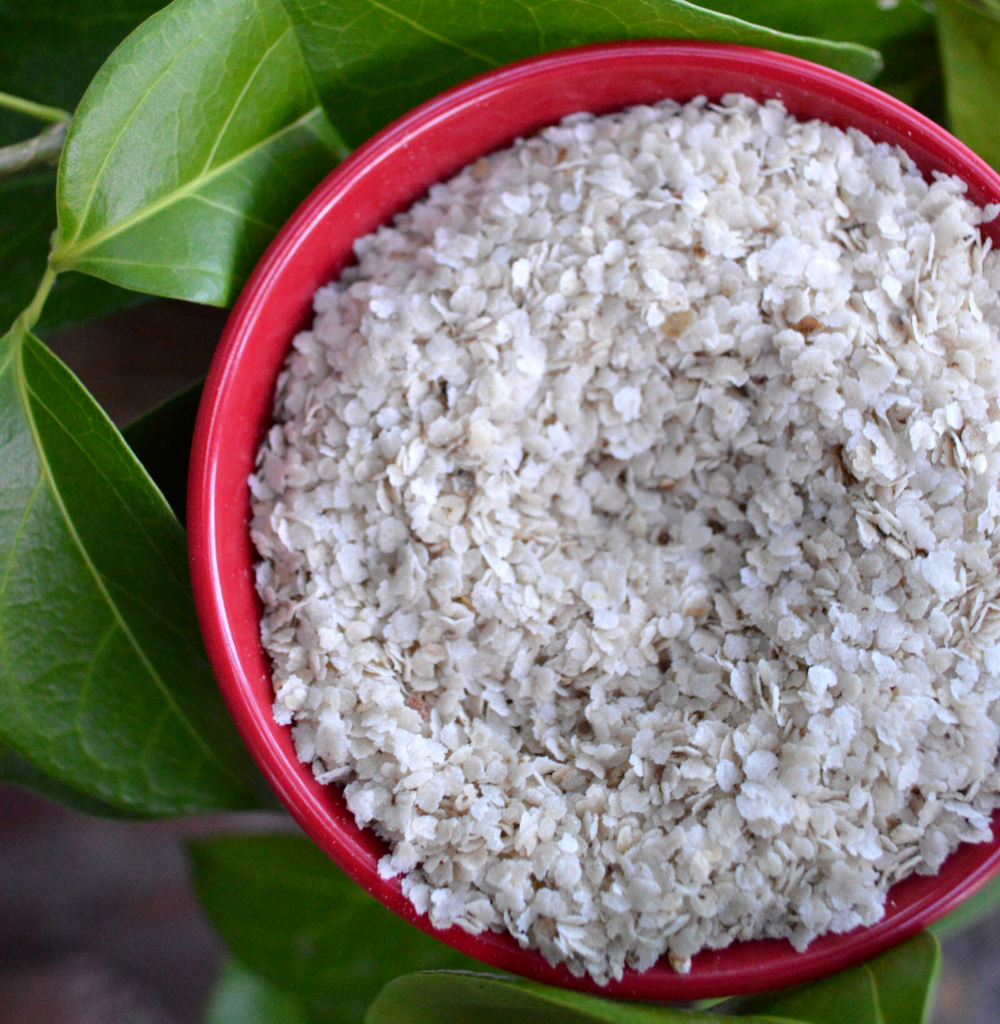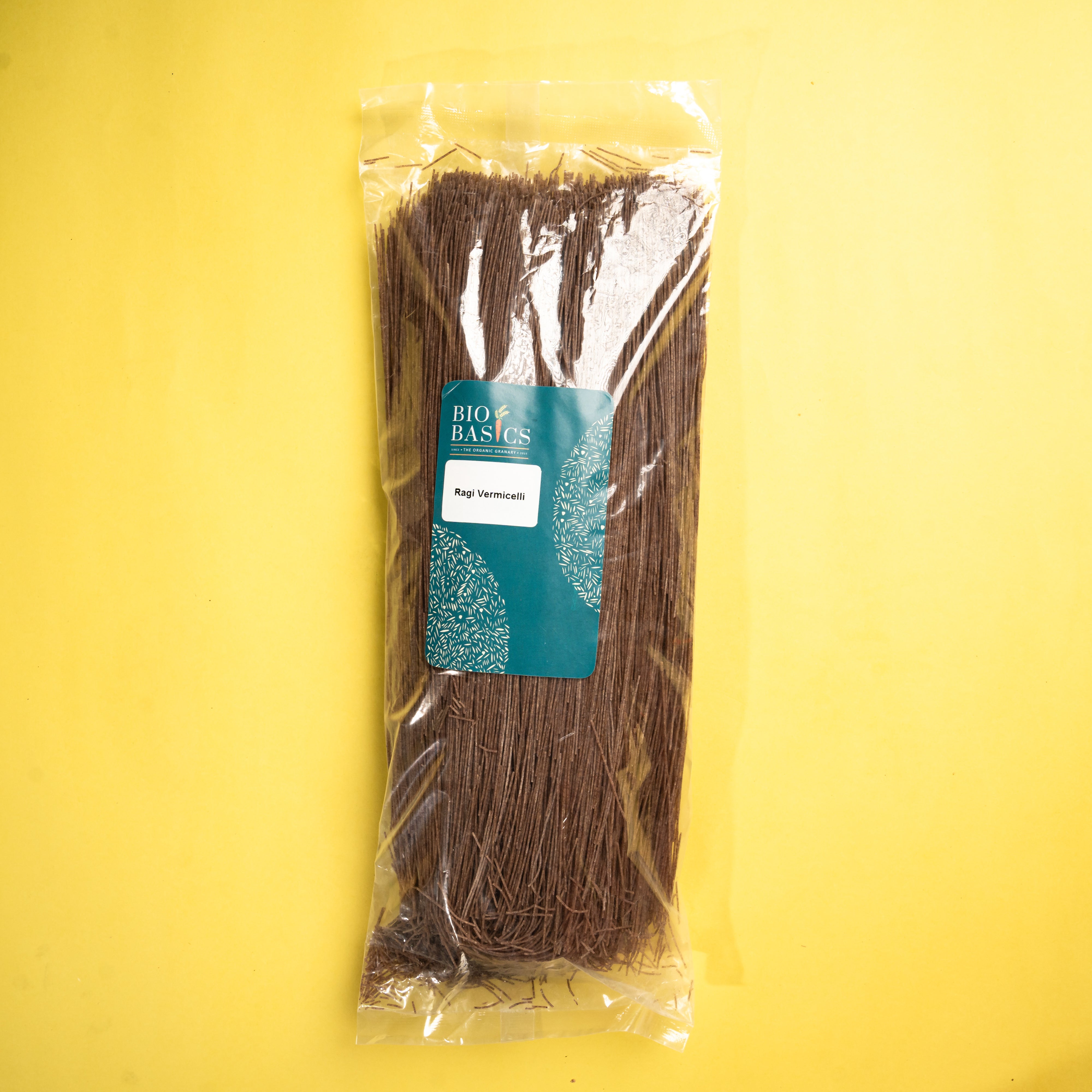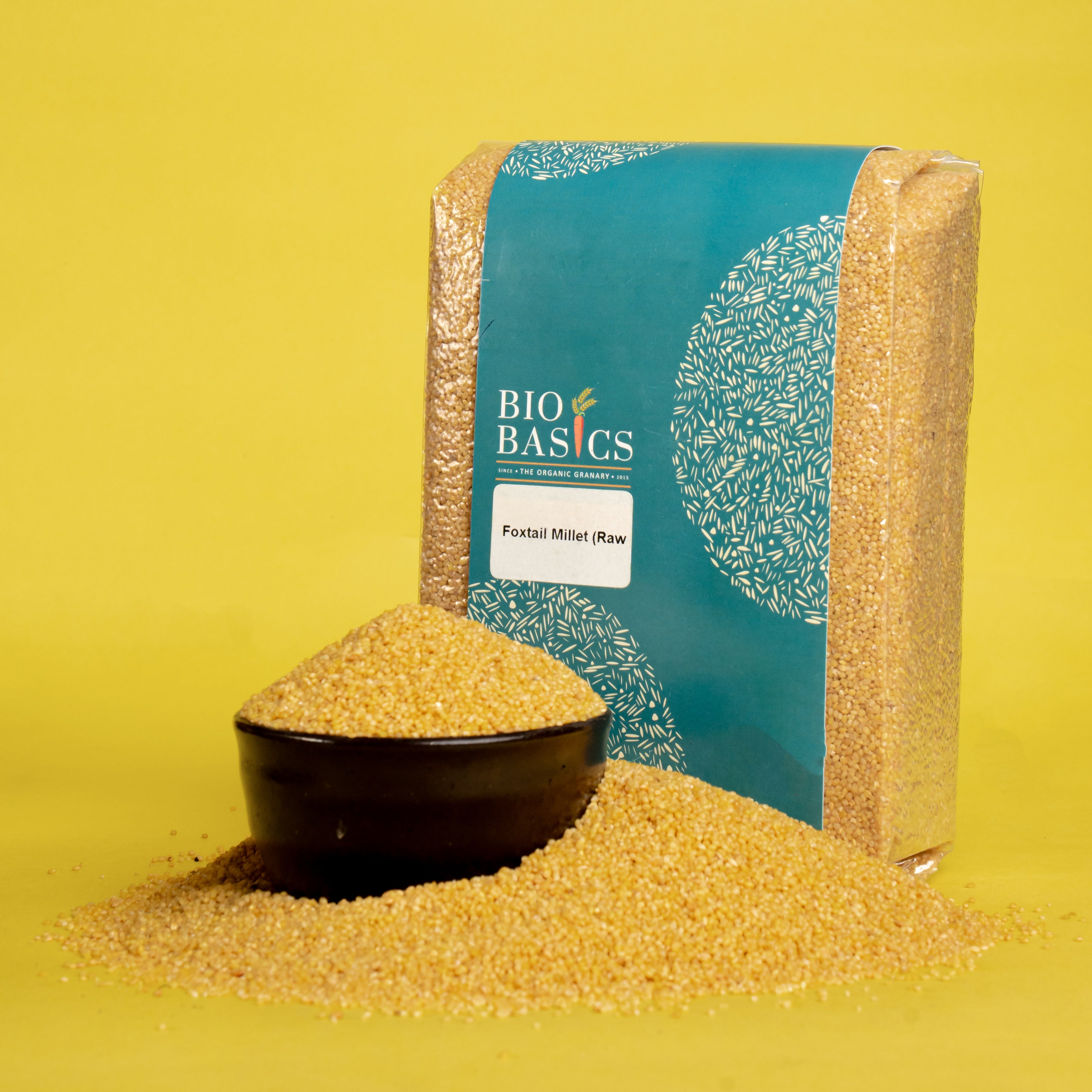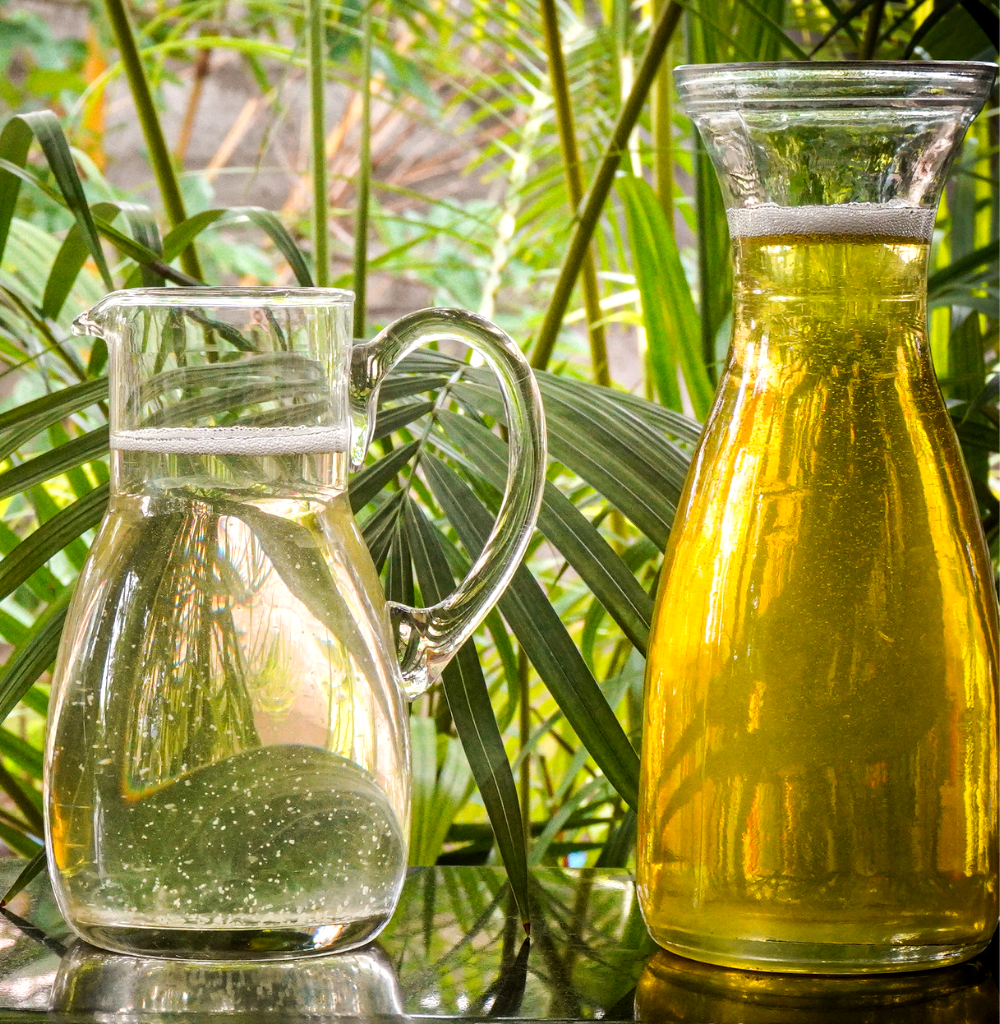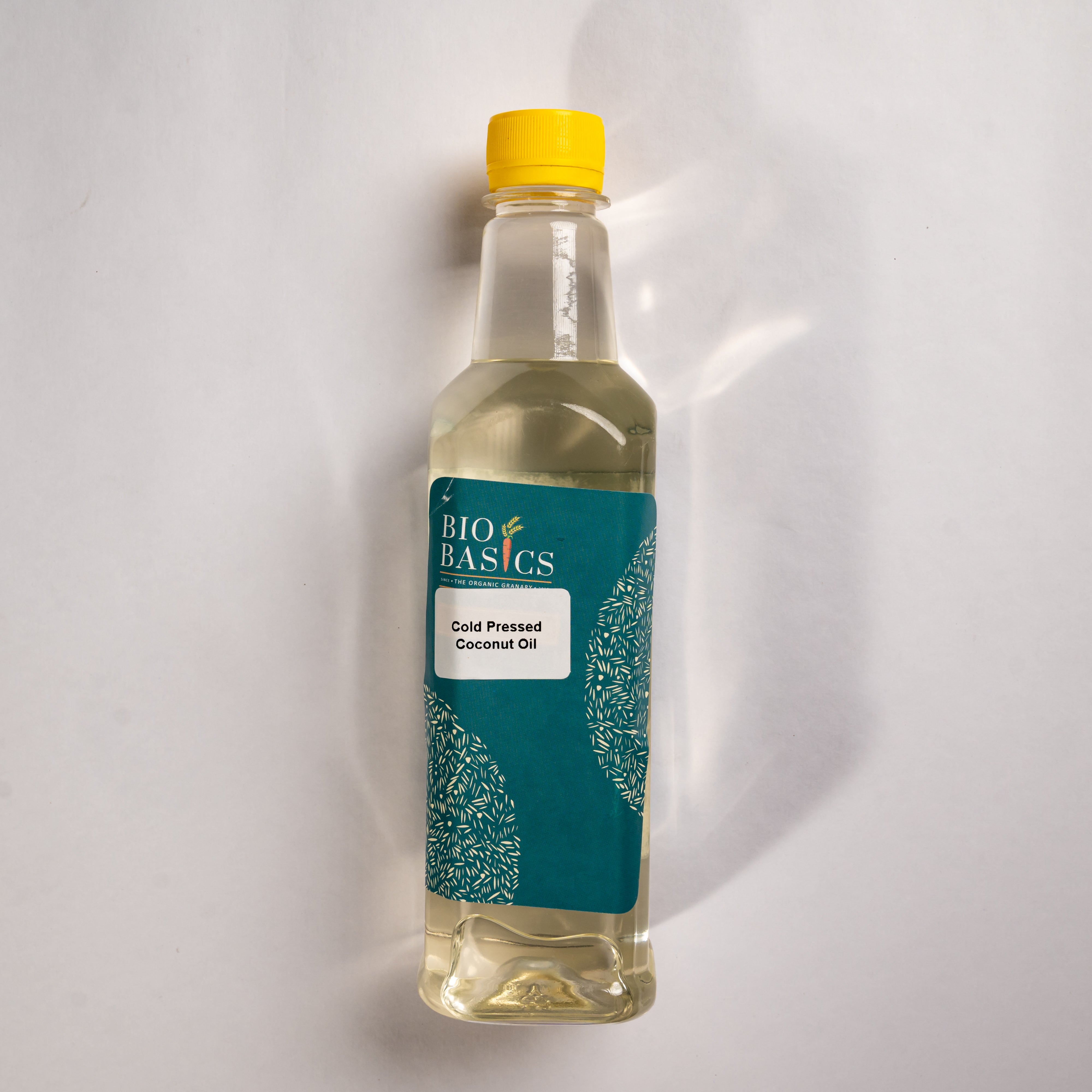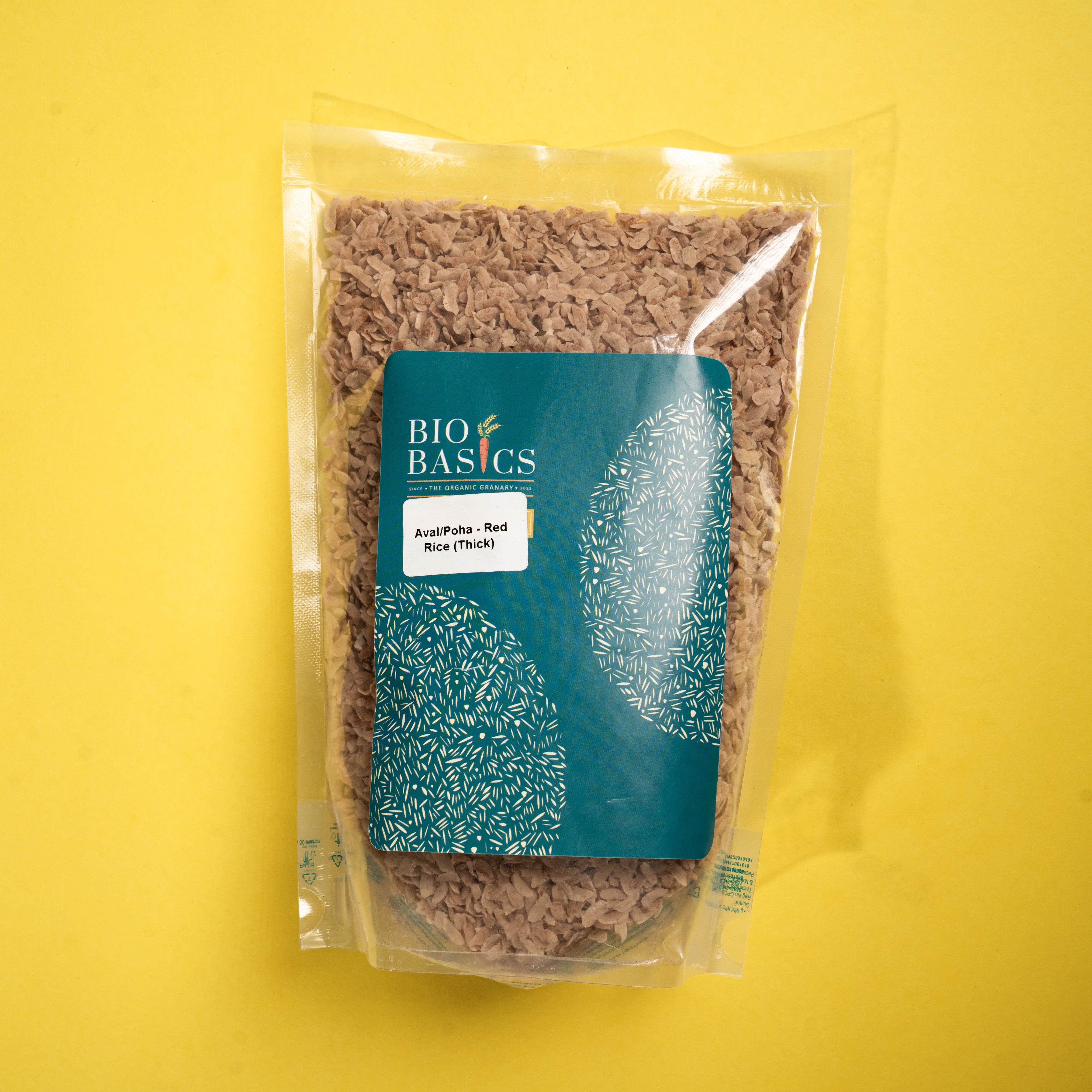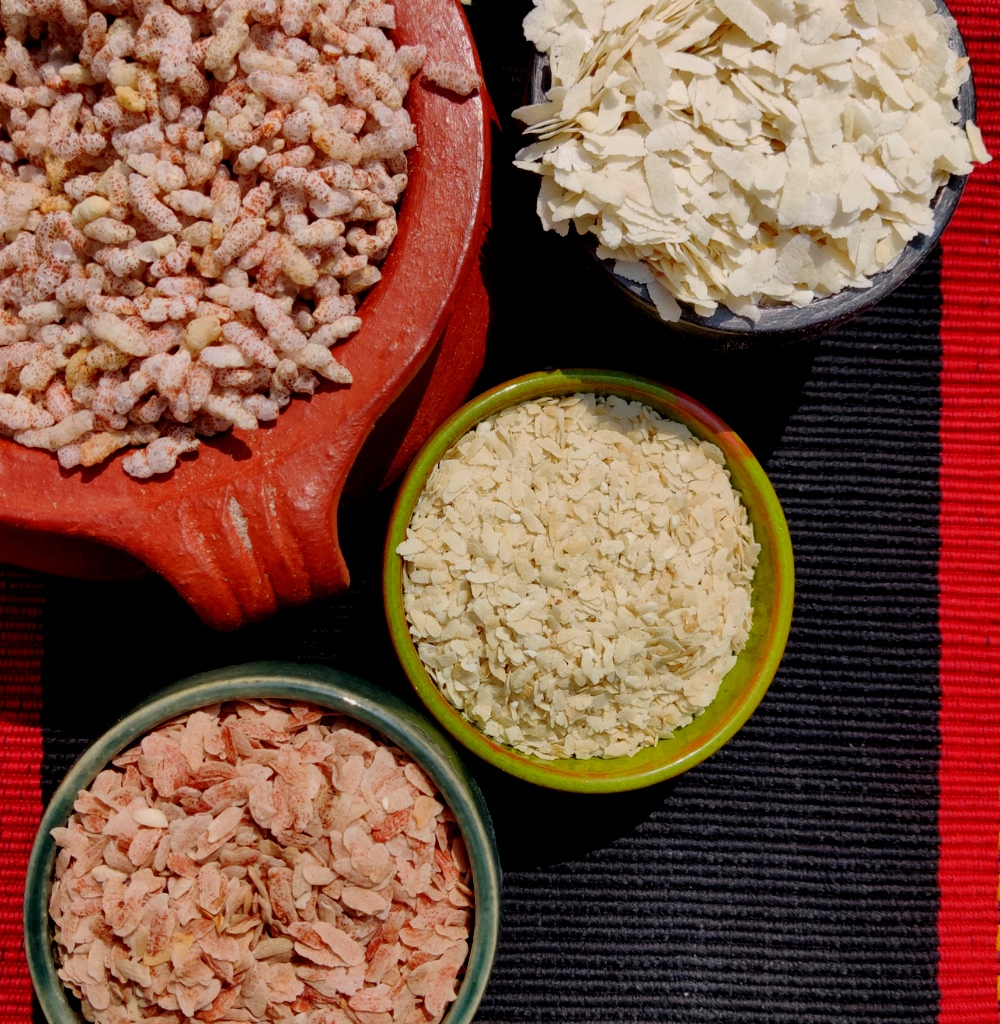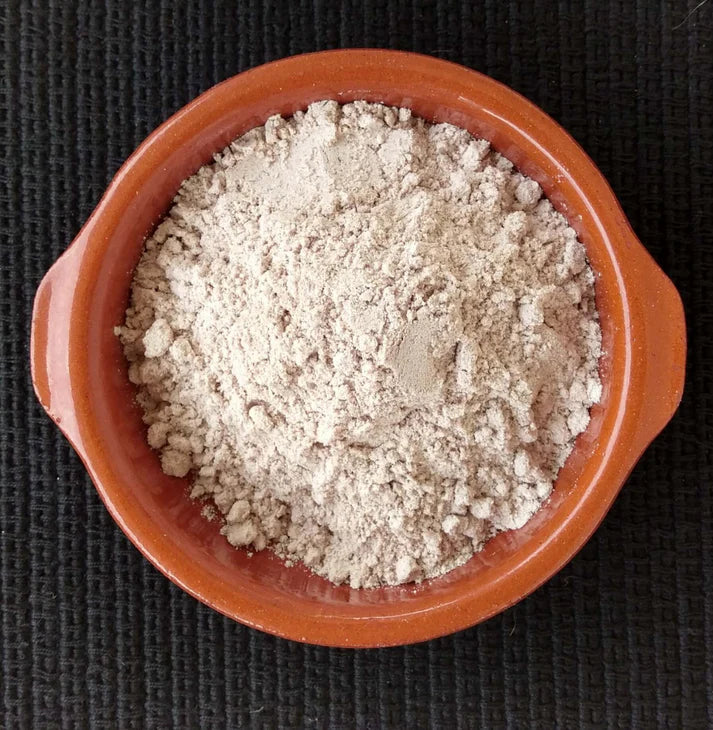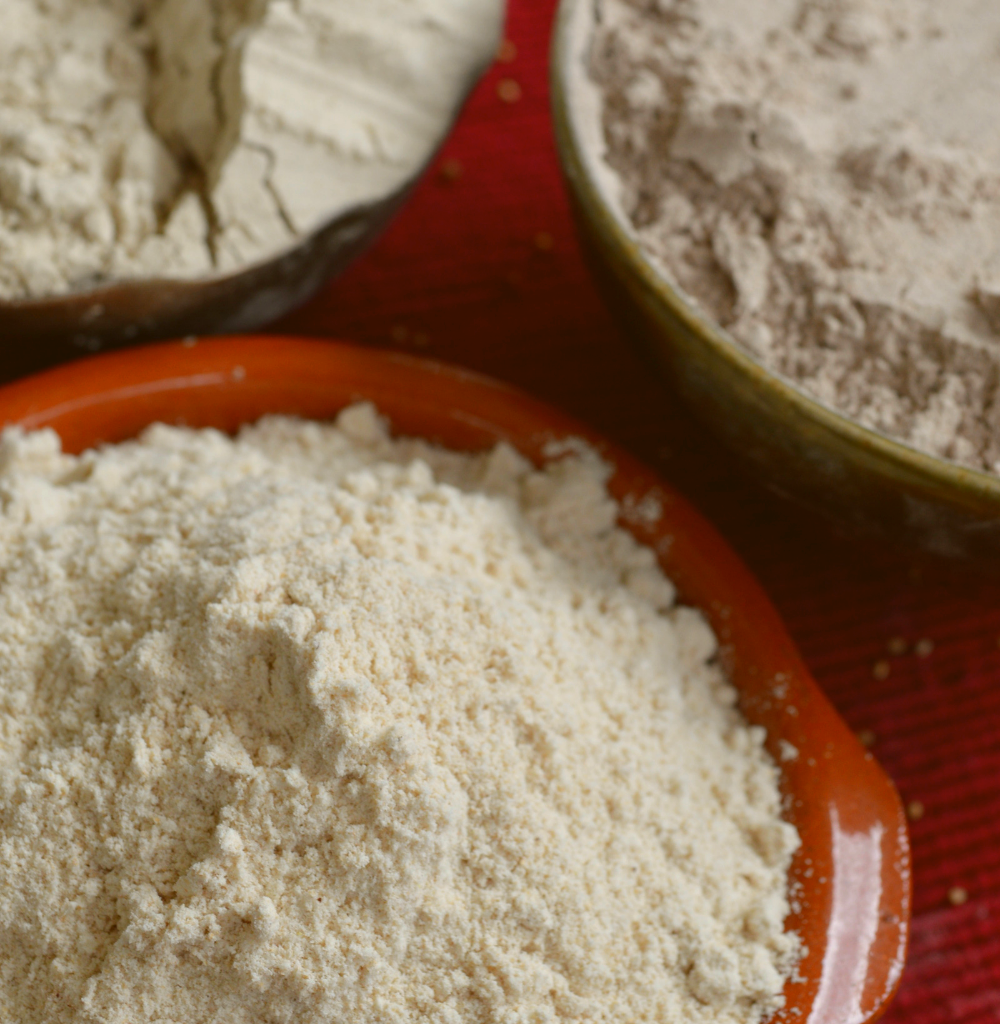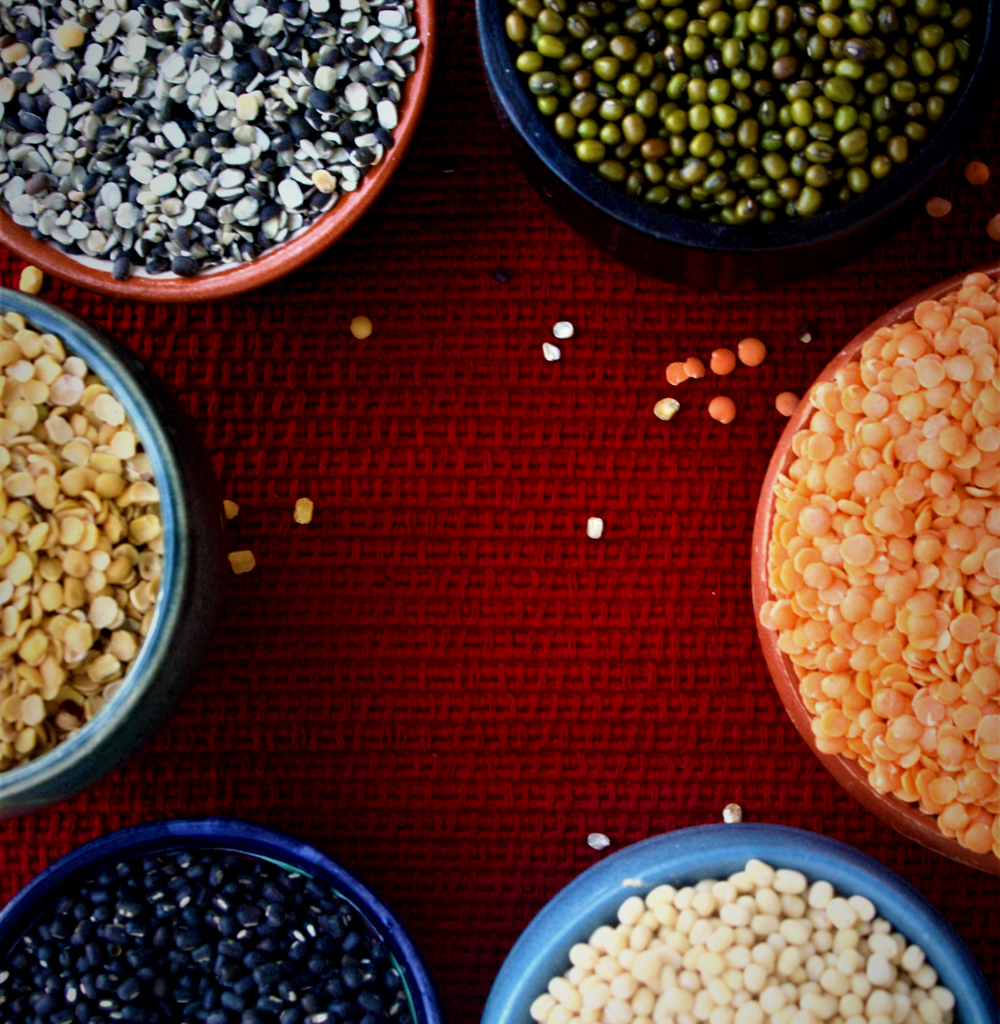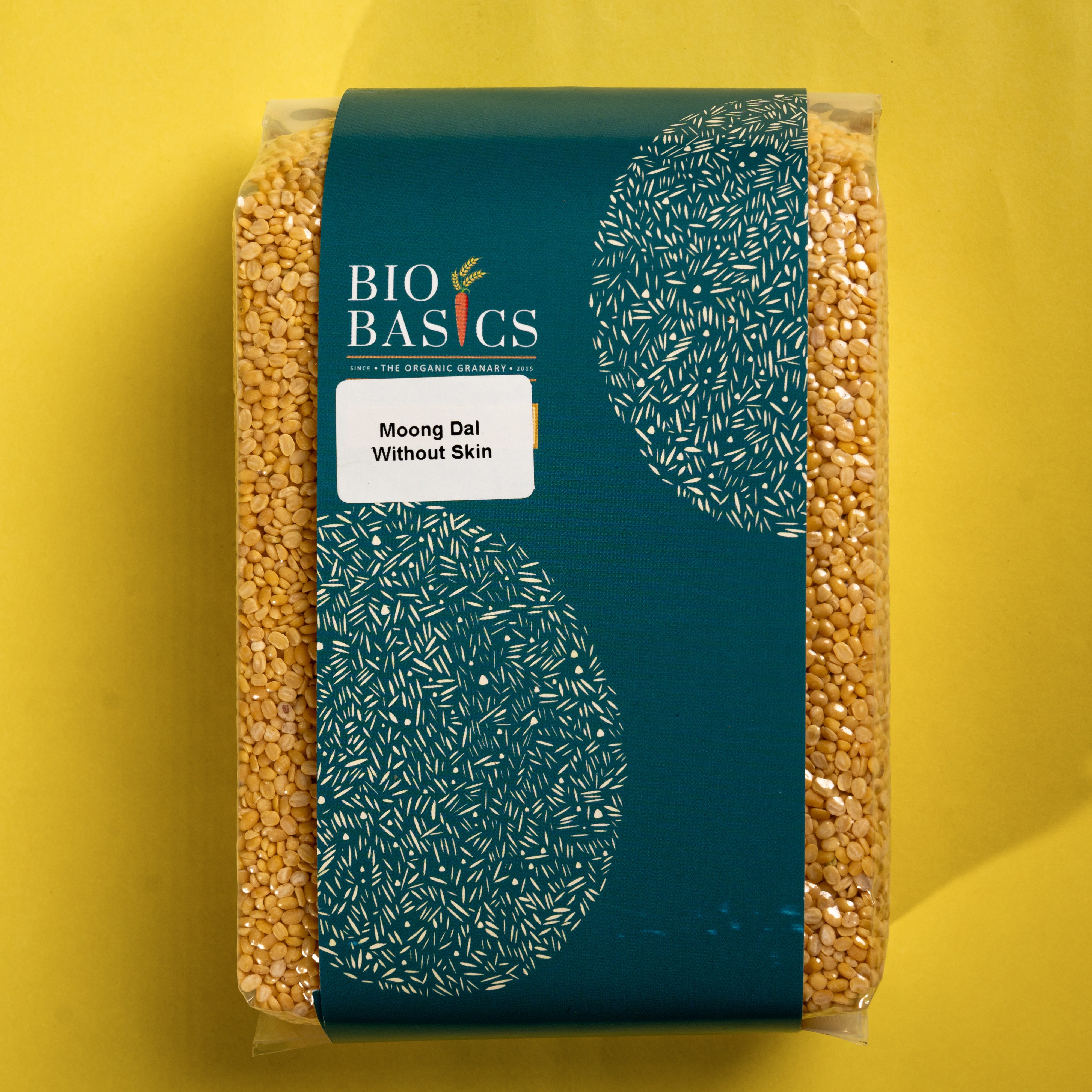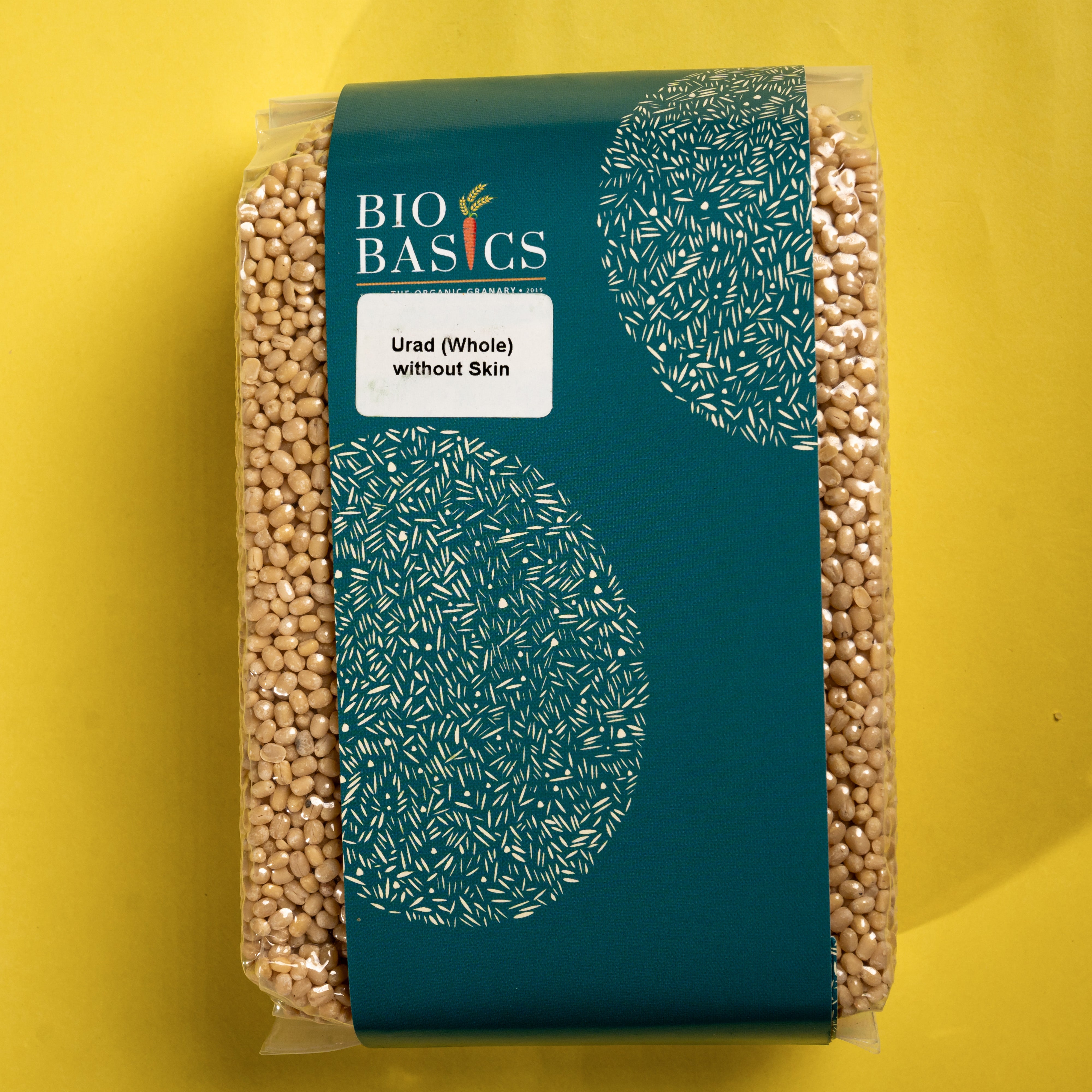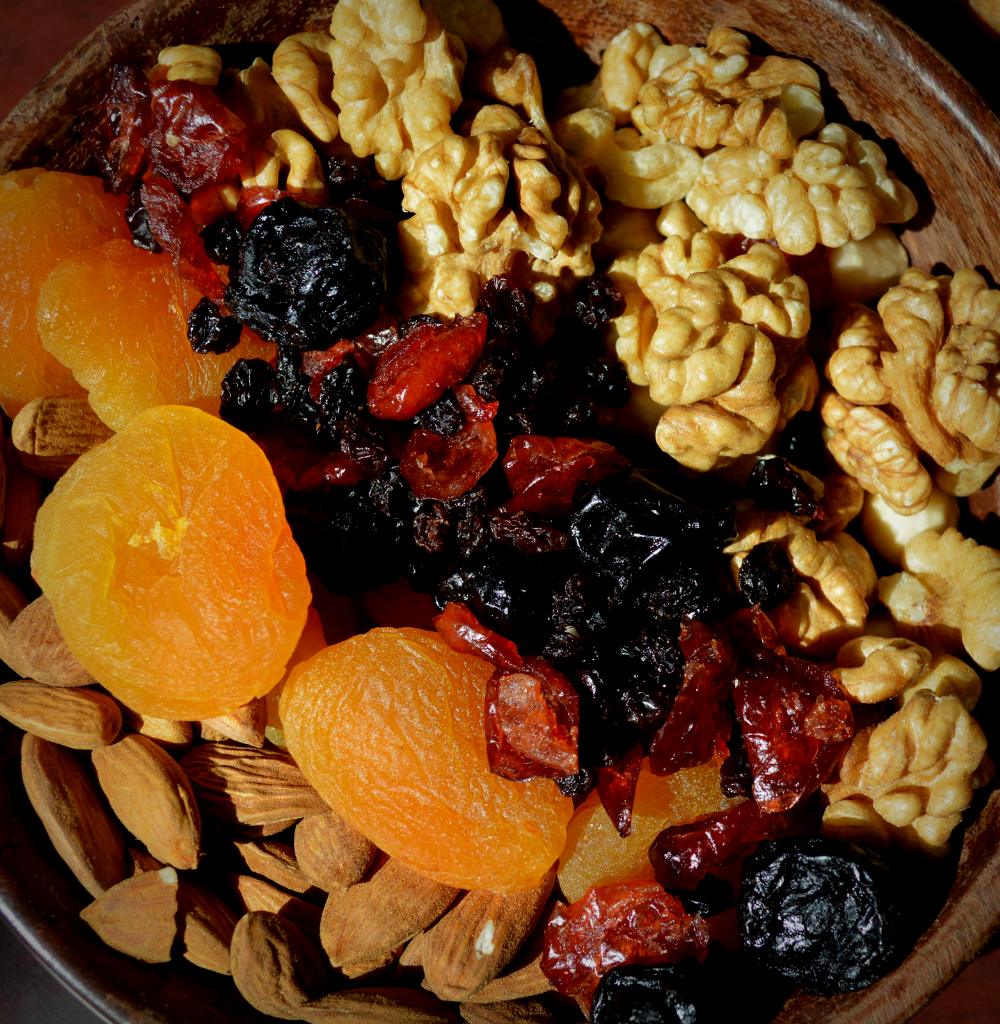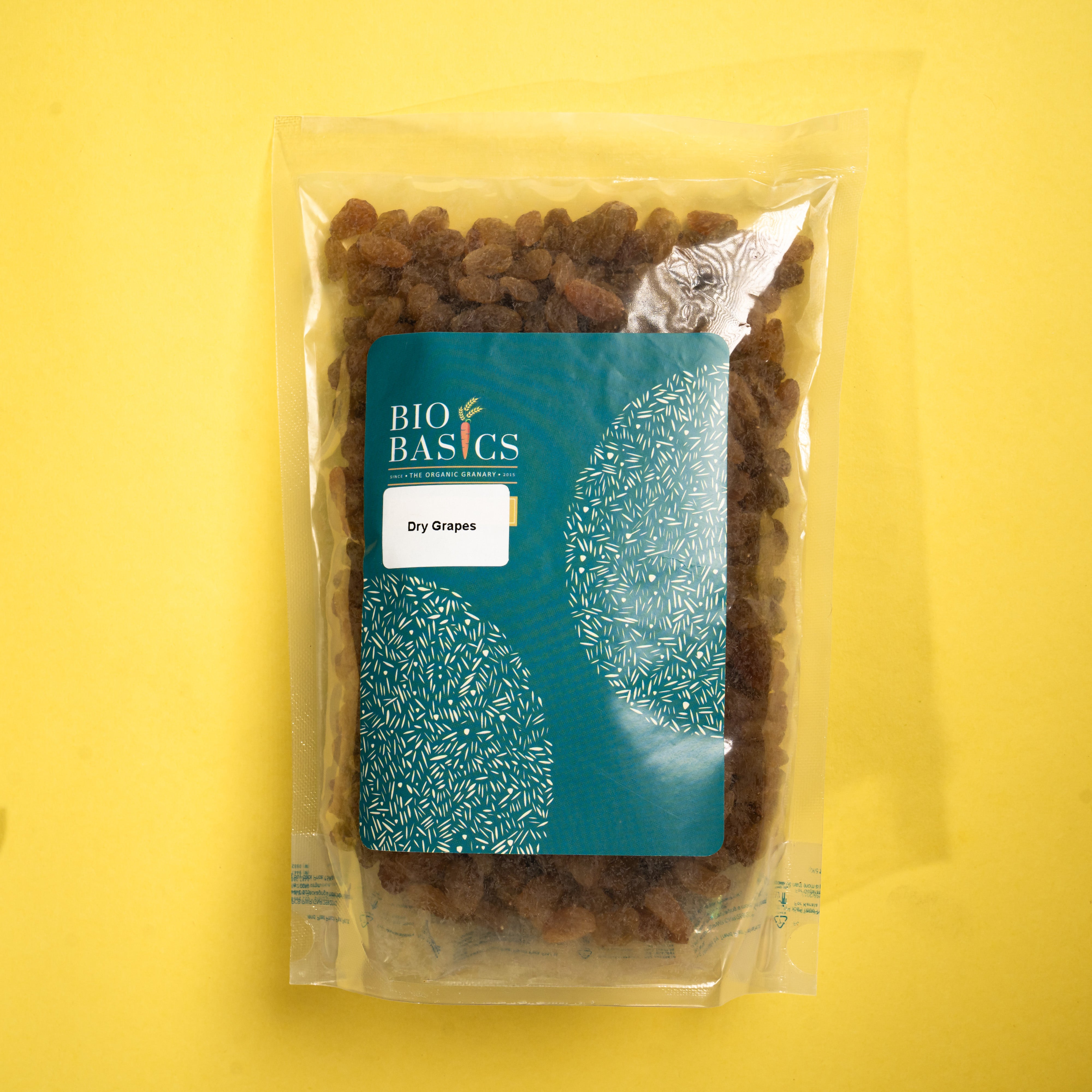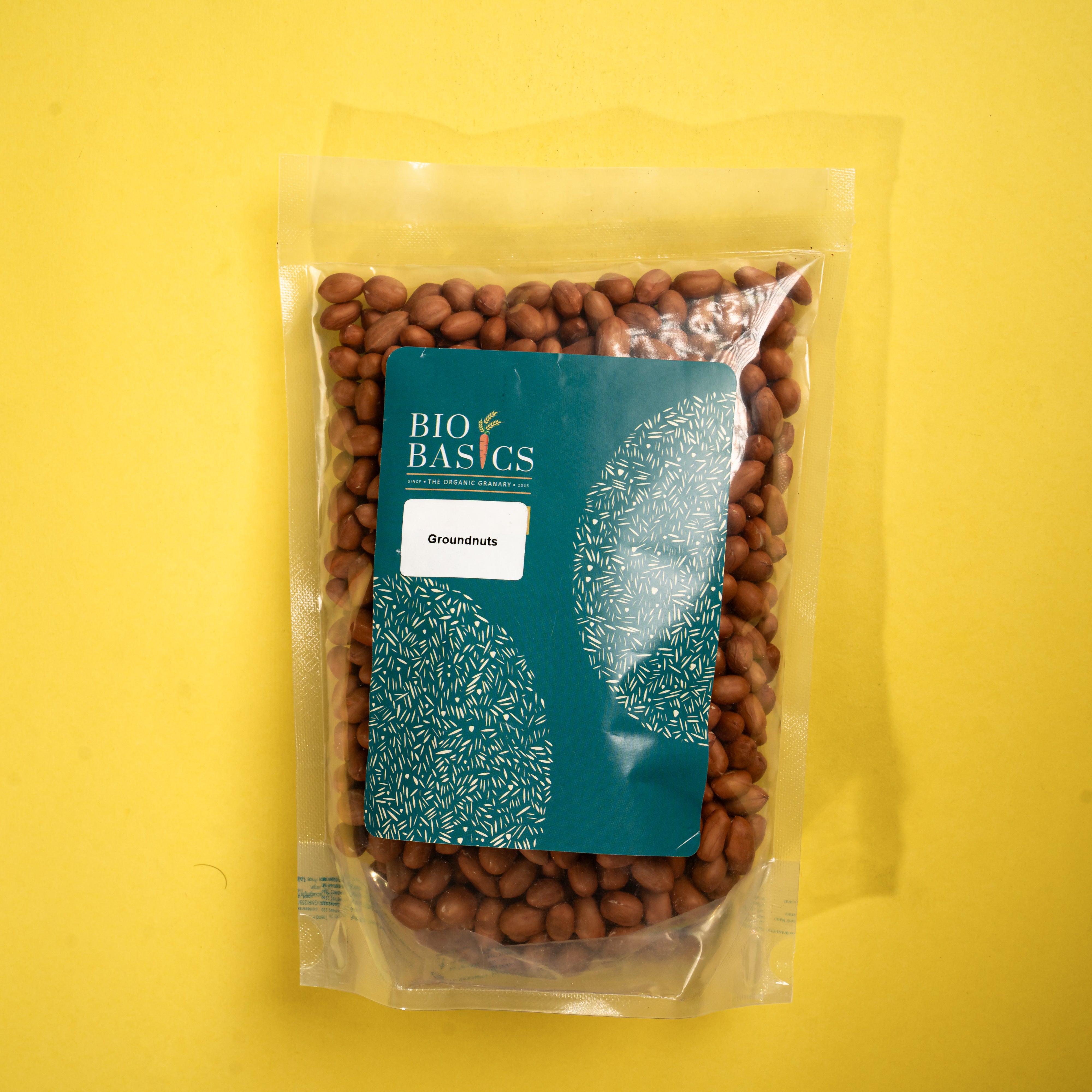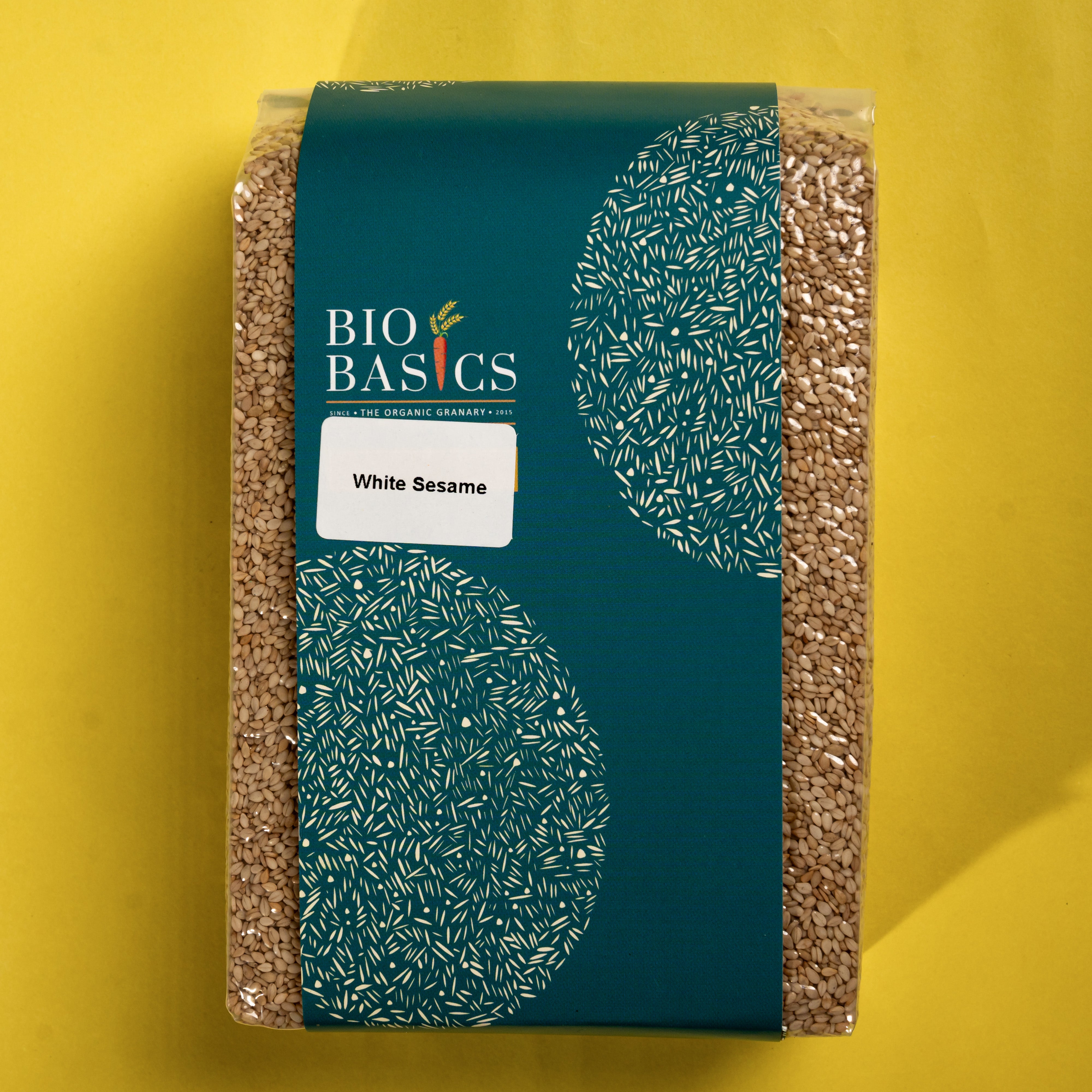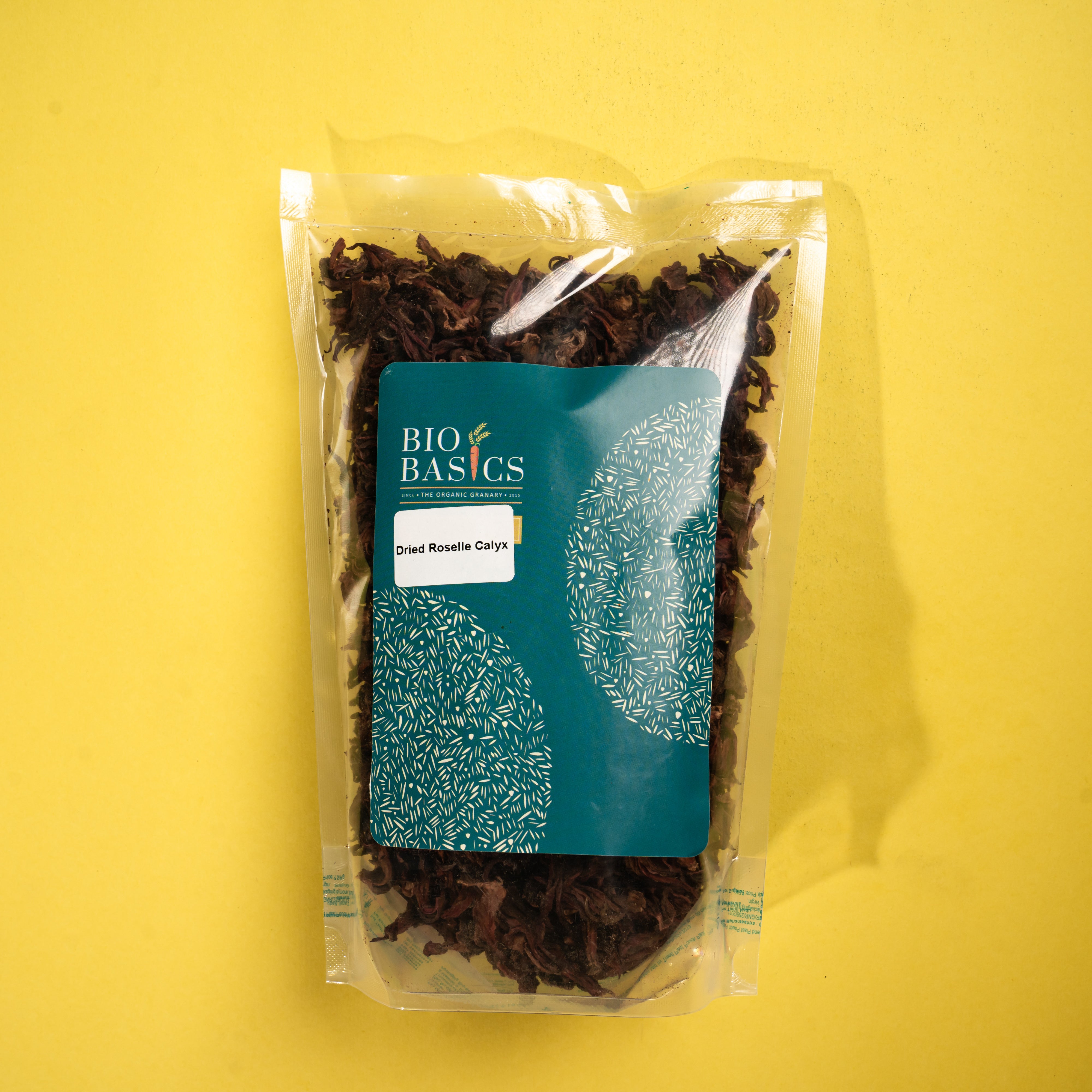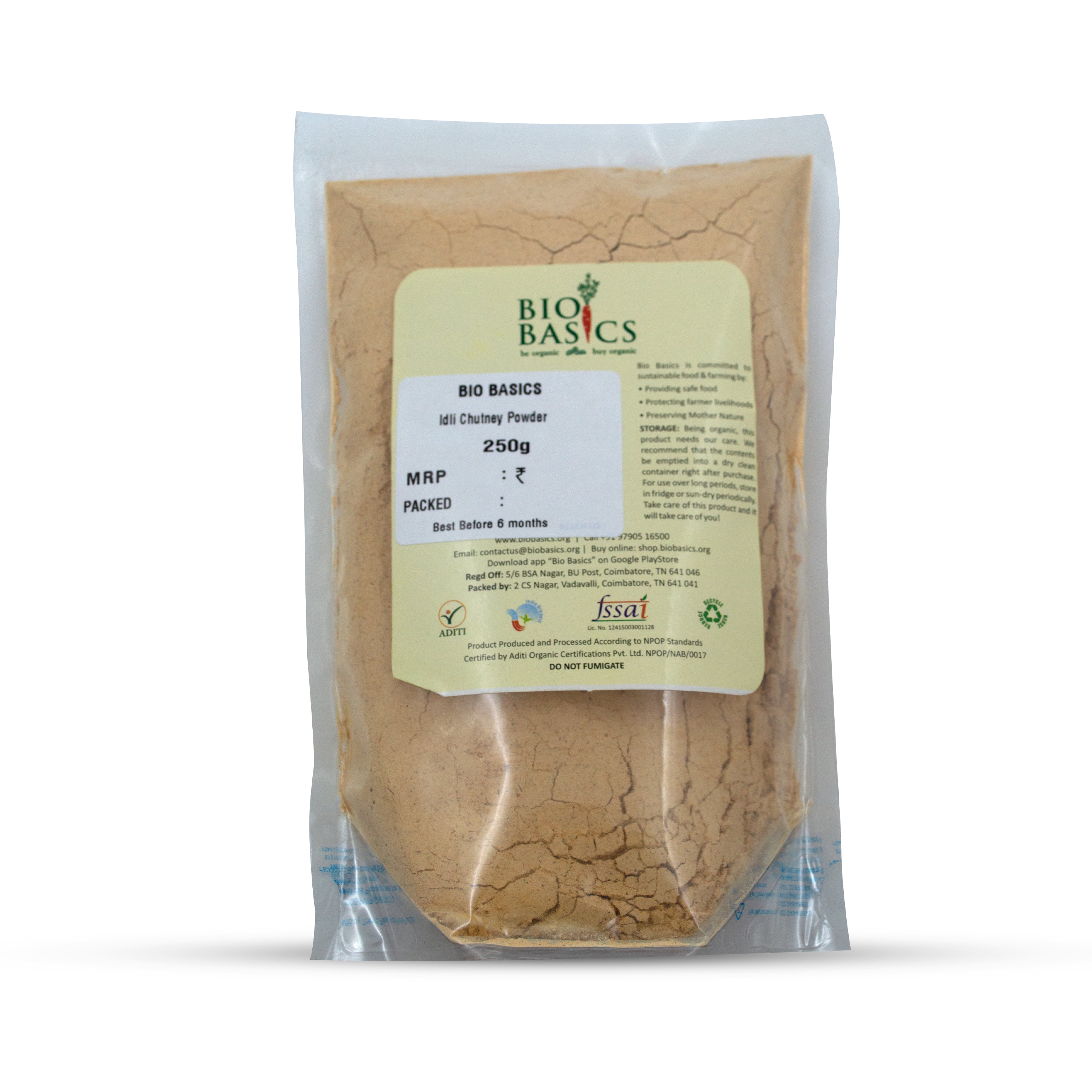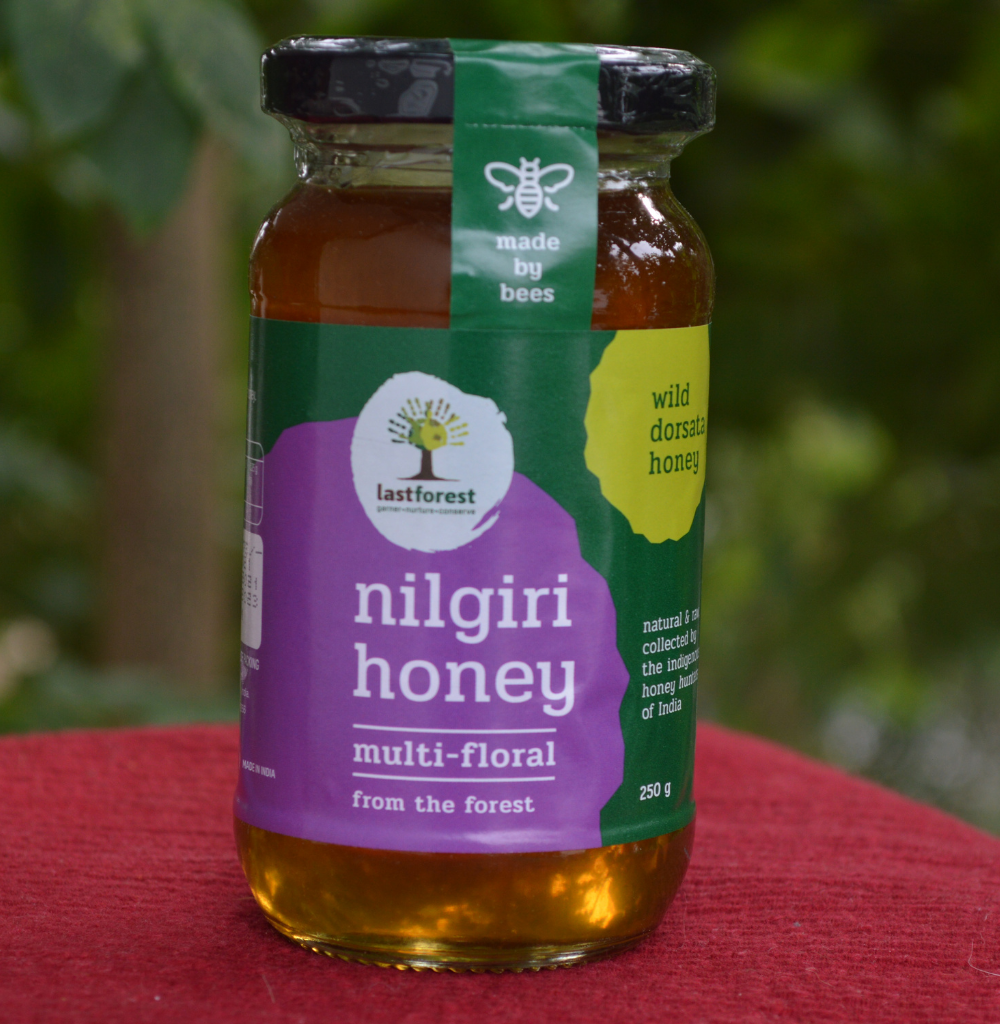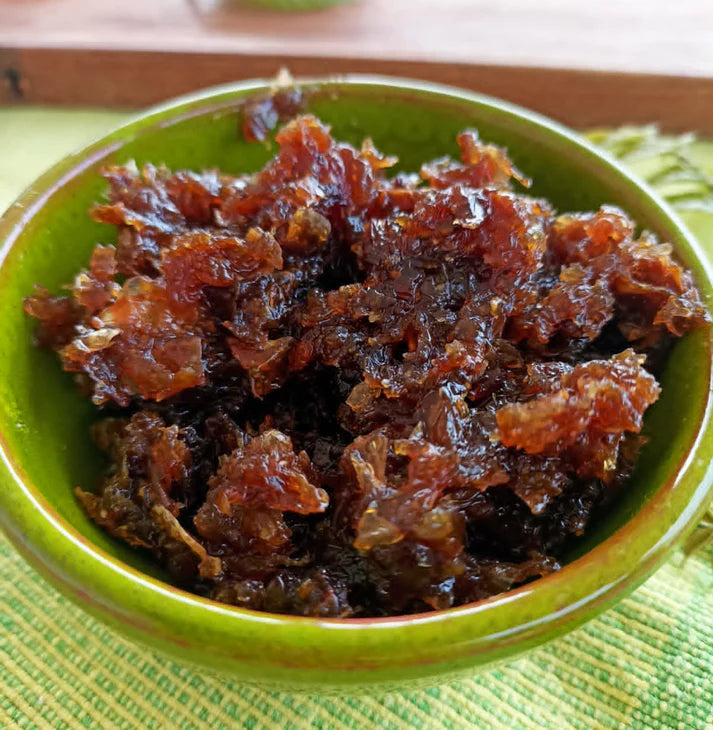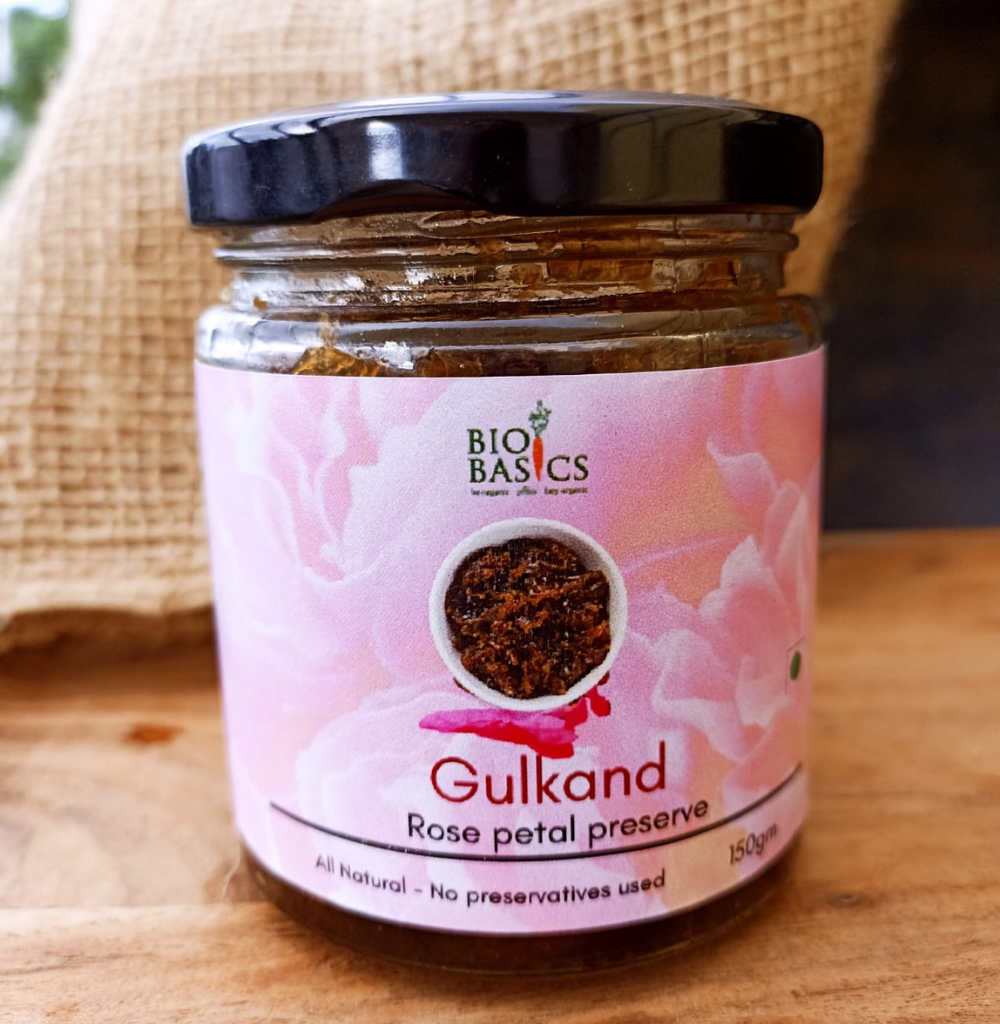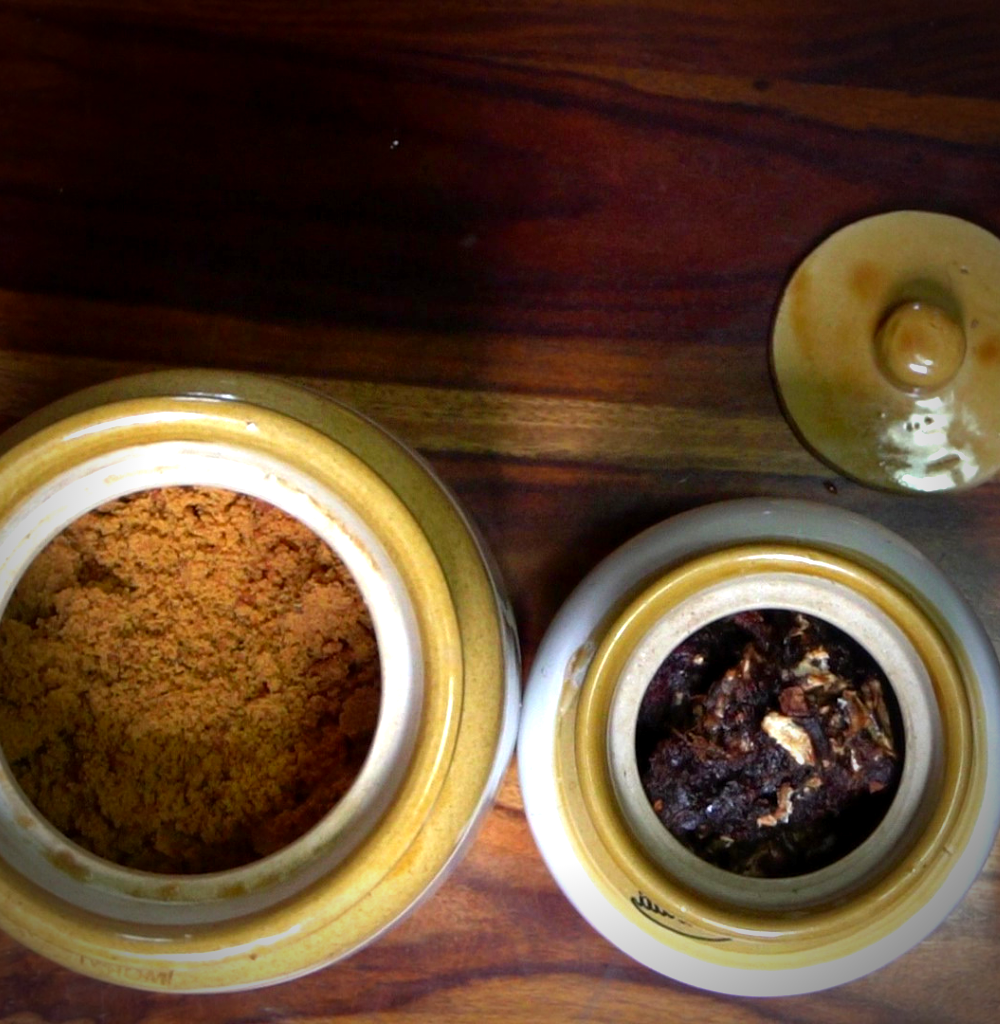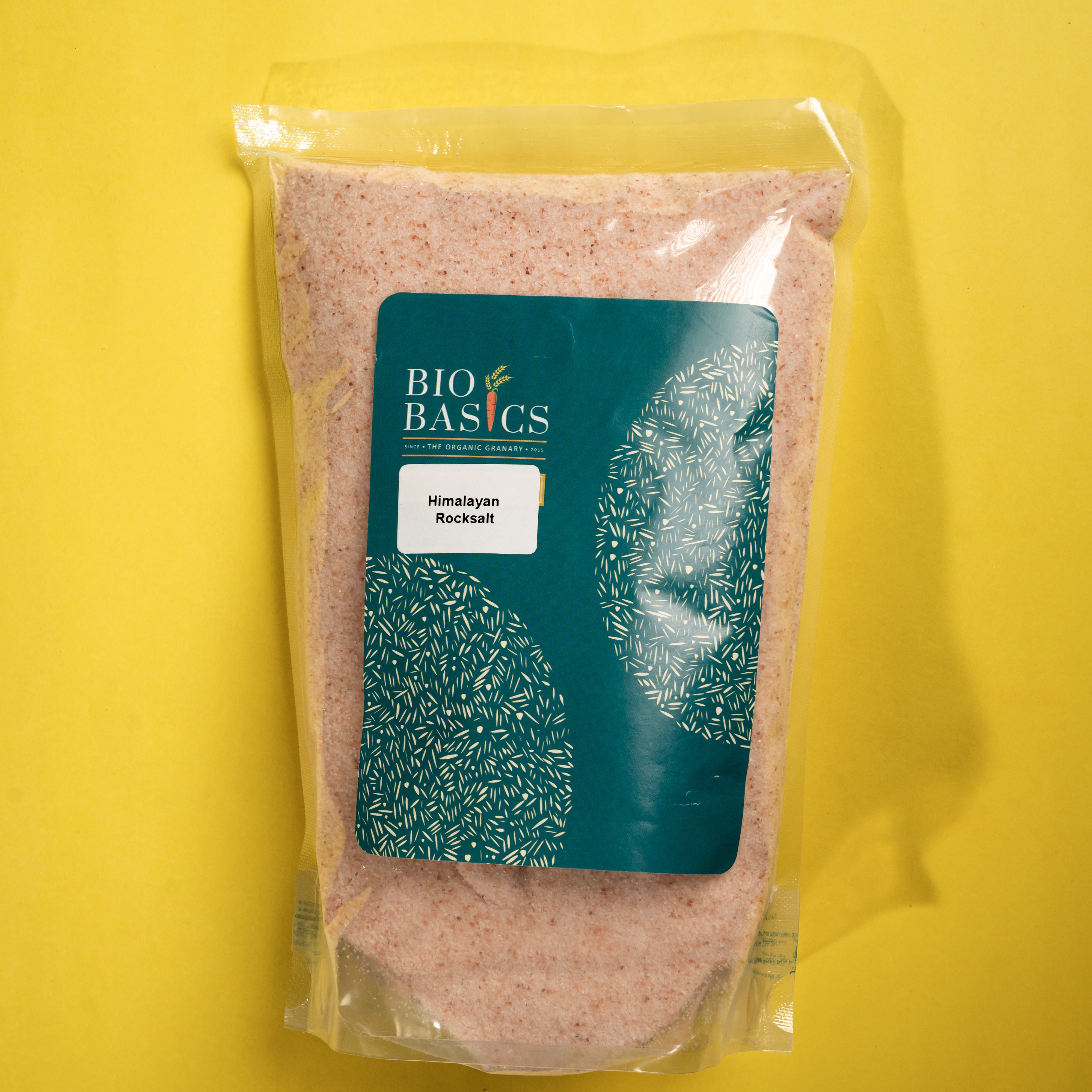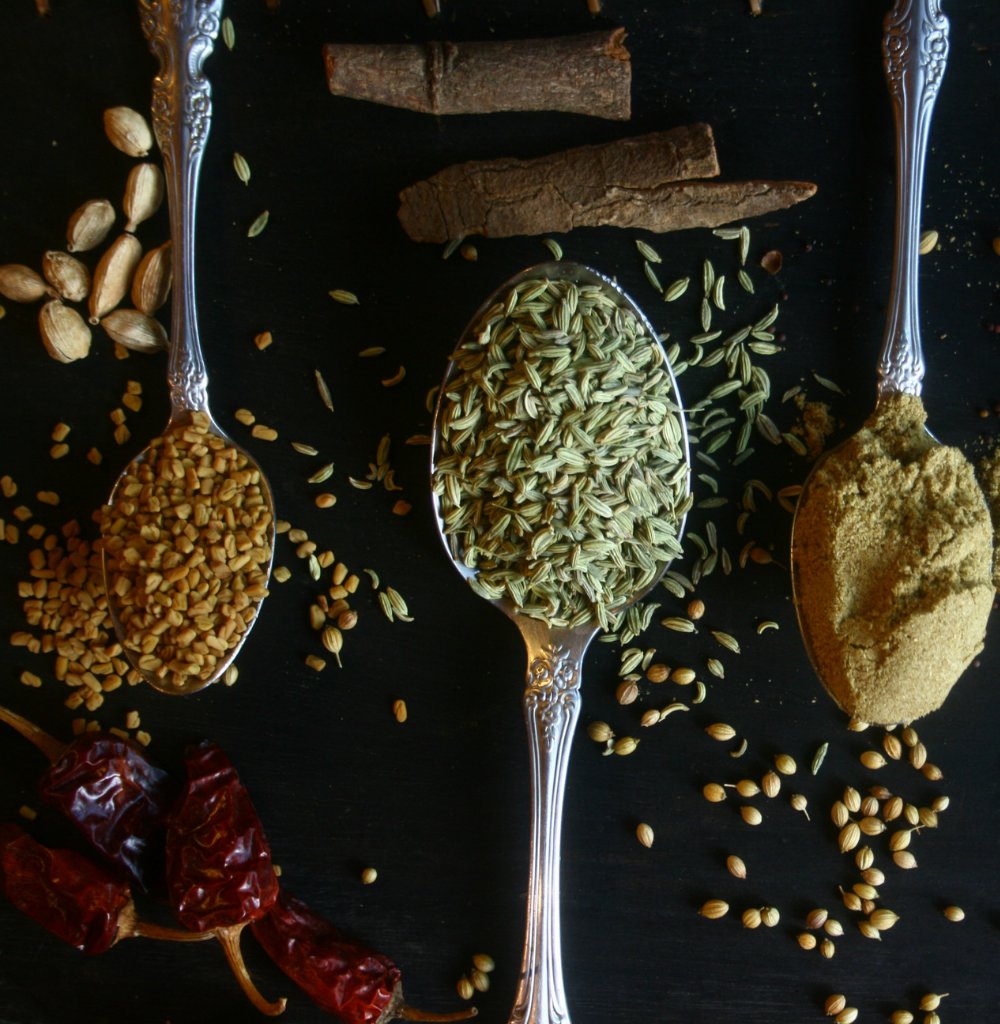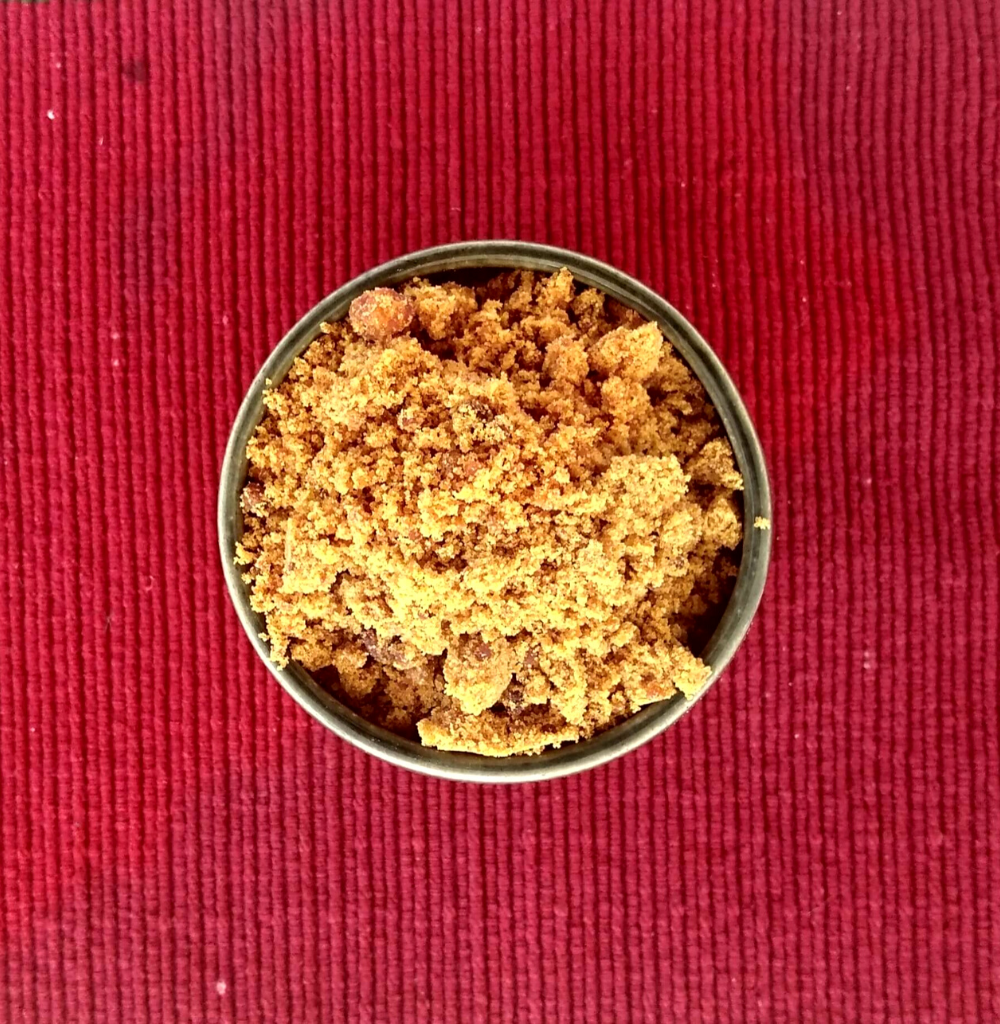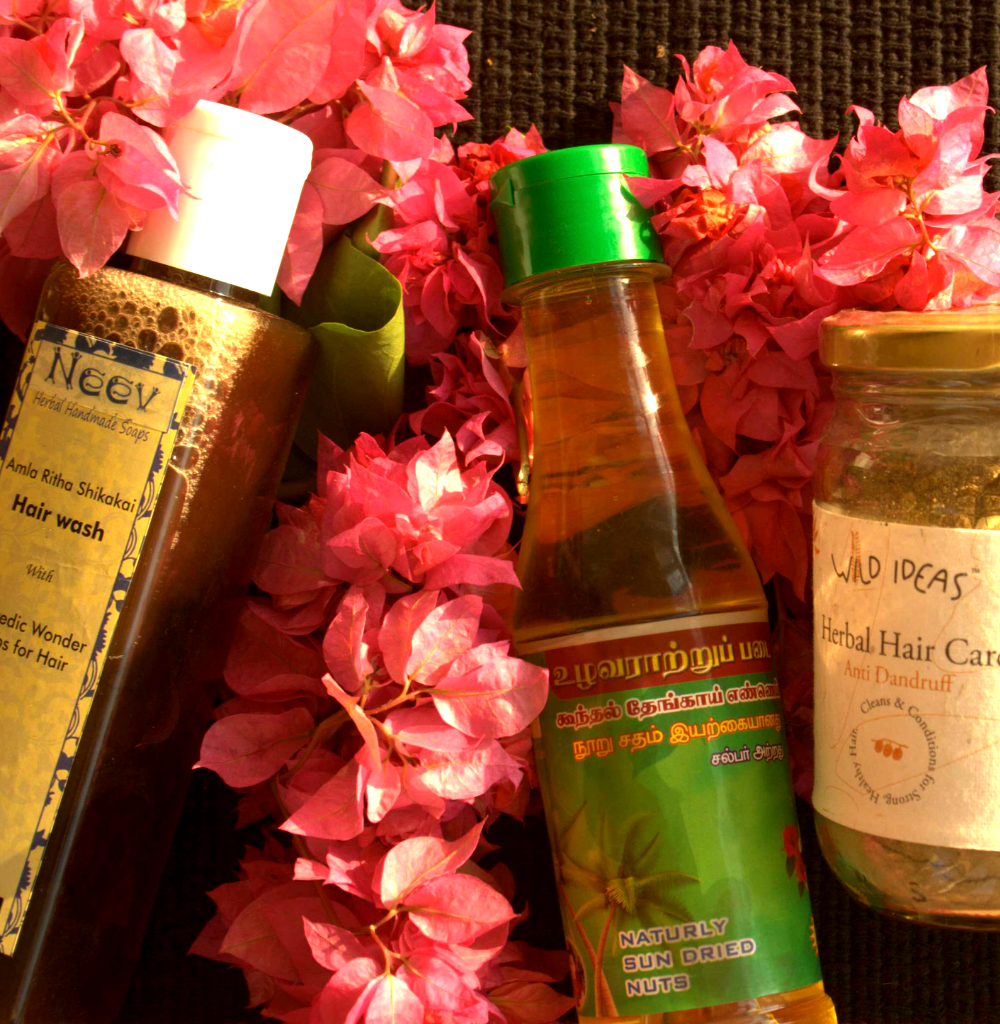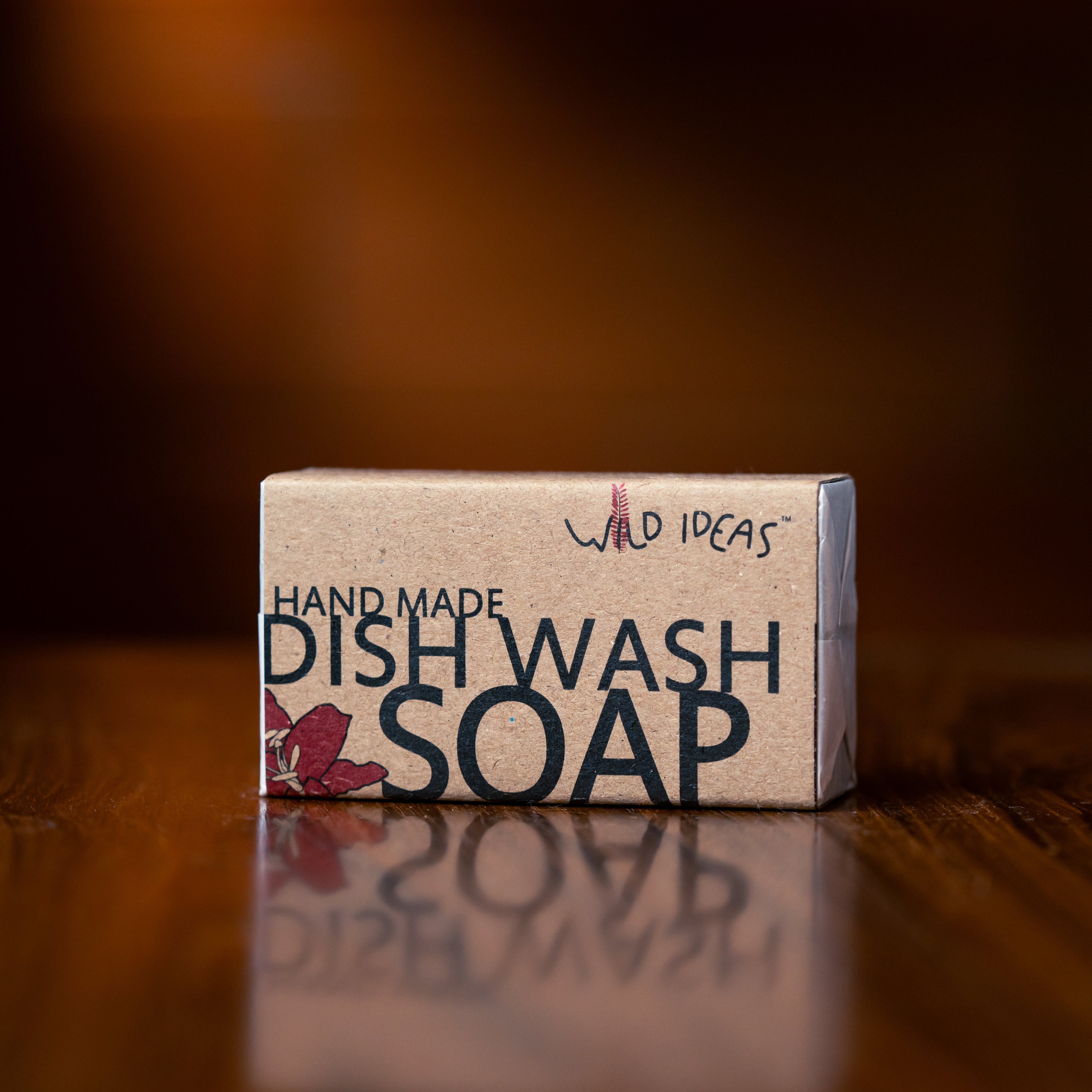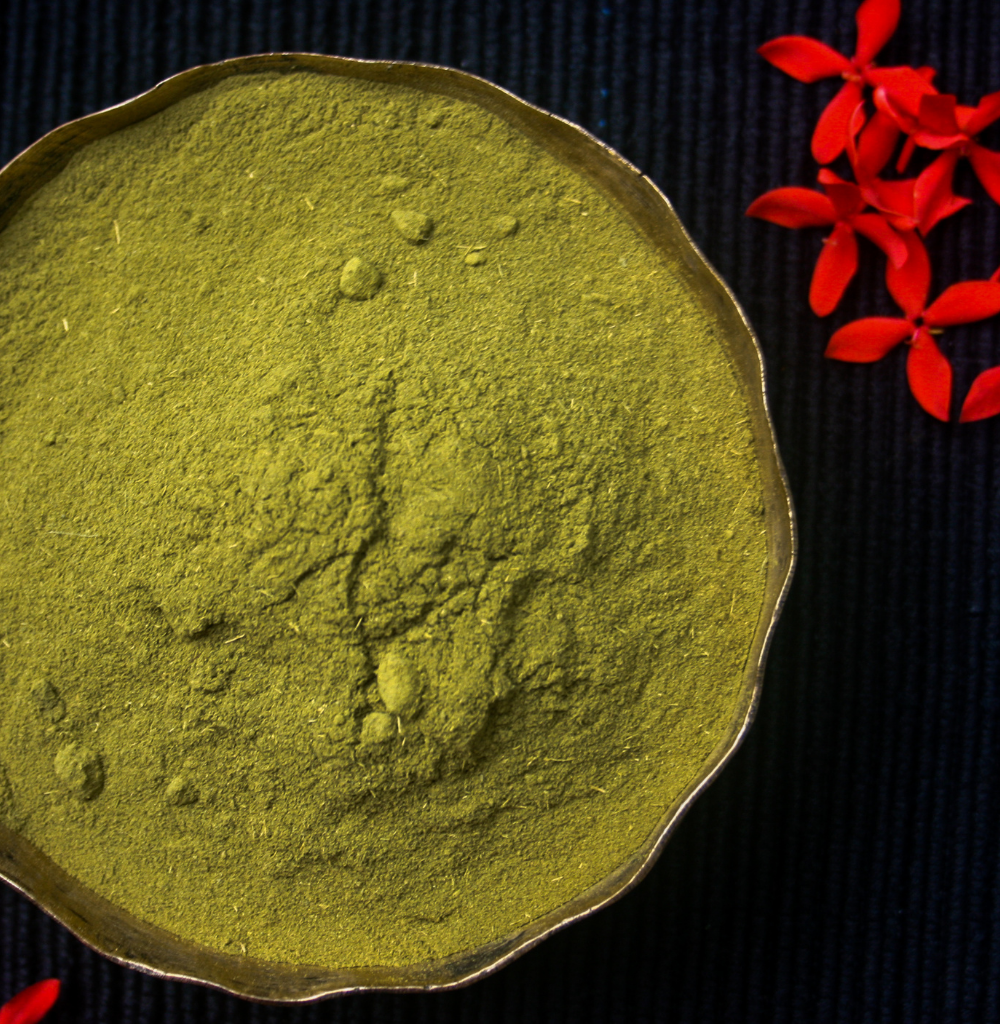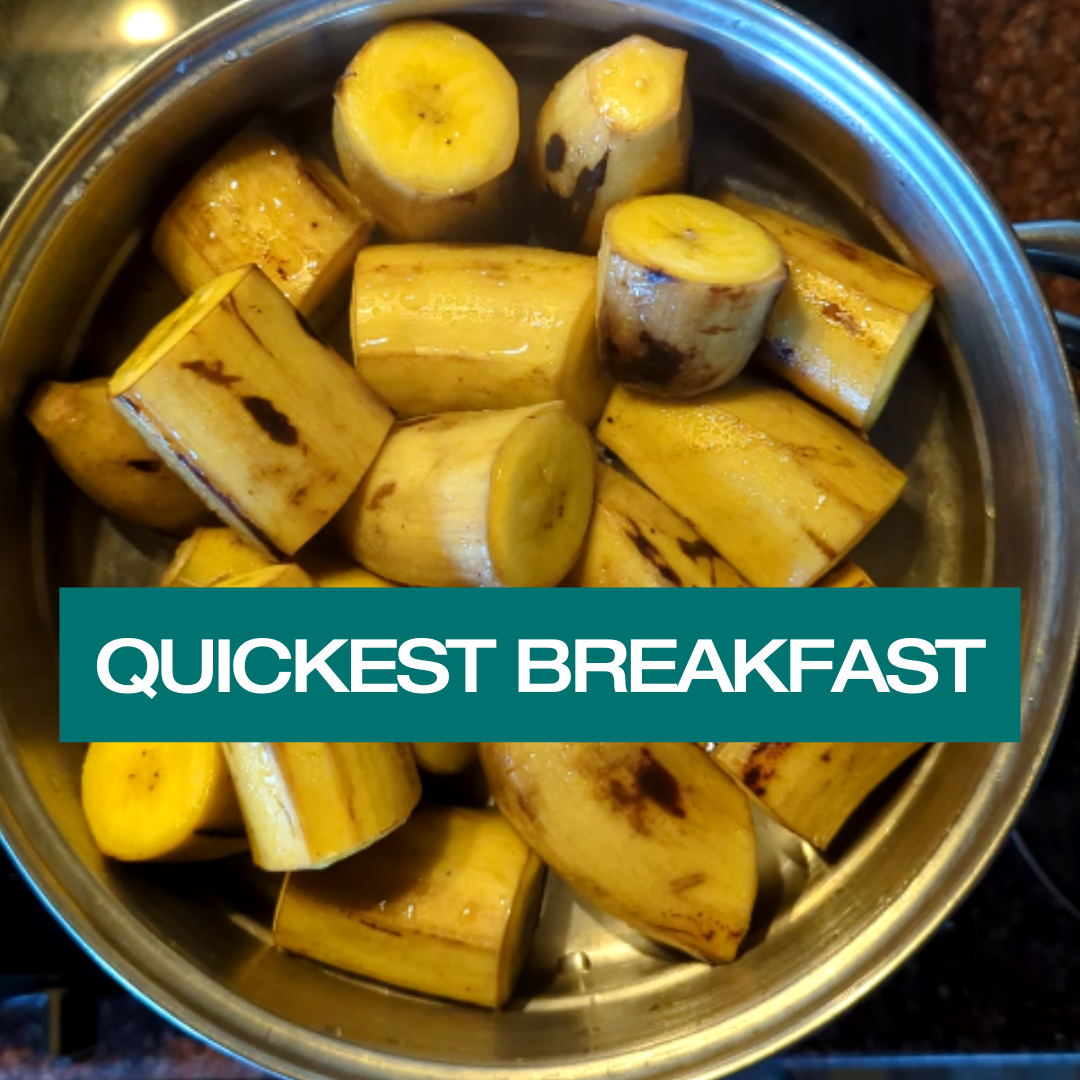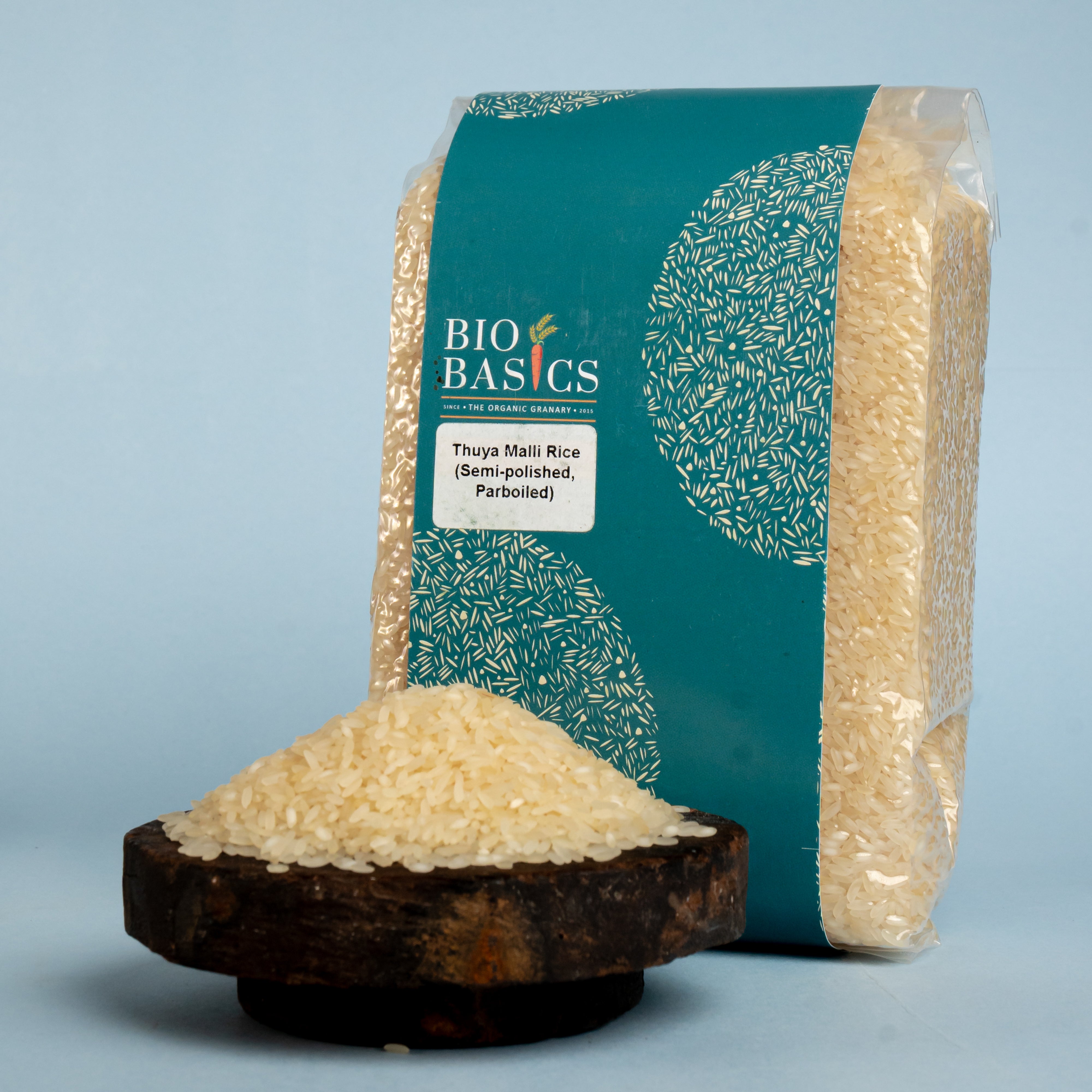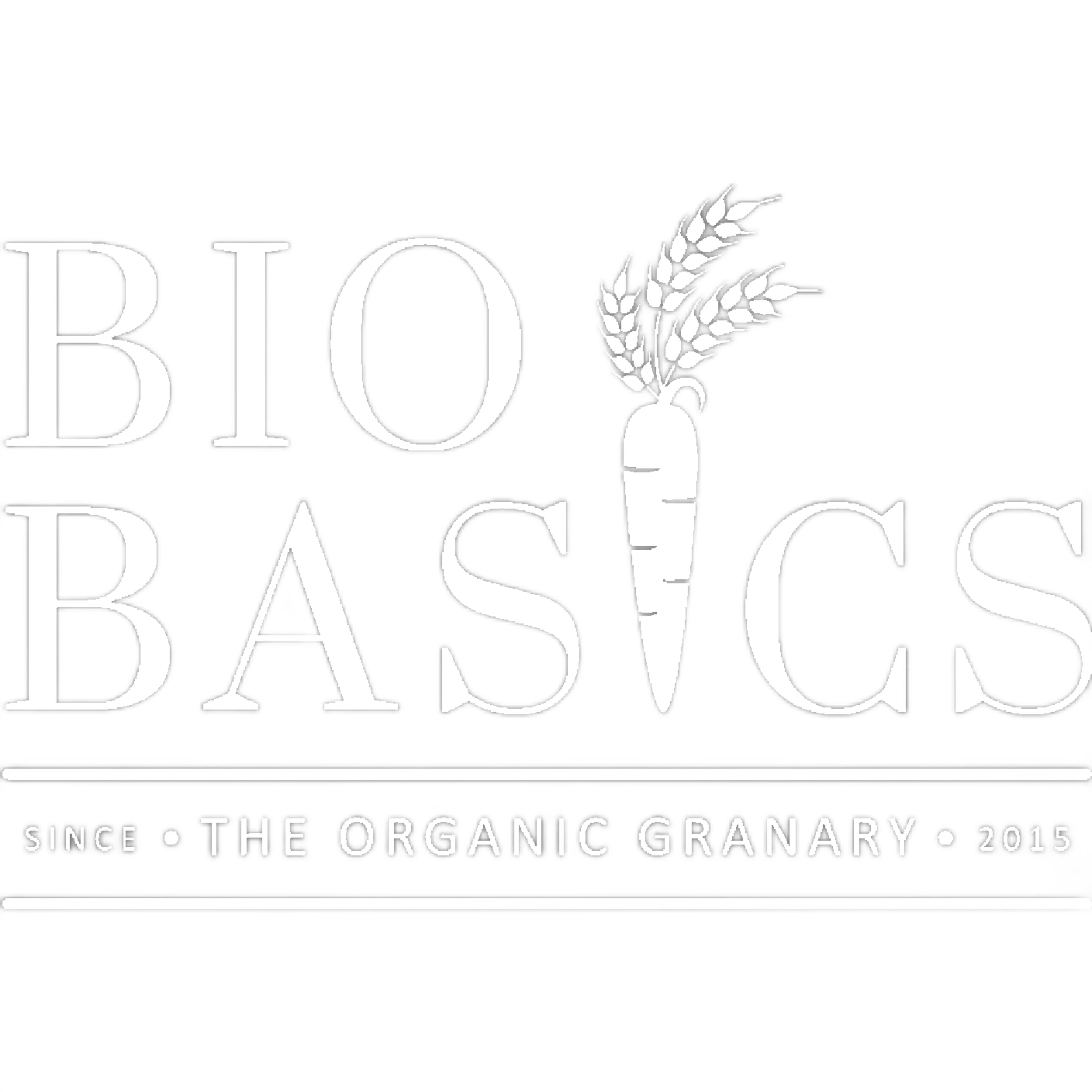Clay and stone vessels
An important part of eating healthy is to cook mindfully and to cook in suitable, and healthy cooking containers. It is definitely worth shifting to clay vessels since they are eco-friendly vessels and they let us prepare more tasty and healthy food. For this reason, Bio Basics offer a variety of clay and stone cooking vessels.
We have two kinds of baked clay vessels in our offering and hope to have more kinds now that we have found a potter who does it without any artificial colour. We have introduced these cooking pots as clay/mud is an alkaline medium to cook in, as well as a medium which circulates heat evenly, while keeping the food cooked and moist. These clay pots for cooking retains the heat and keep the food warm and unspoilt.

But these vessels need to be seasoned before they can be used and there are simple seasoning techniques to get these healthy cooking containers ready for cooking. I fill up the container with water for about 12 hours and then wash thoroughly with non-chemicals dish washing powders (as these are porous and absorb the chemicals). After that I pour some water in which rice has been washed or kanji water and slowly heat it in the lowest flame in the gas burner for about 20 minutes. Once it is taken off the stove I let it cool and wash again and repeat the slow boiling. Then the vessel is ready for cooking.
Kalchattis are vessels made of the soapstone, broken from large stones and carved by hand by crafts persons using hand tools and not machines. Thick walled and heavy, they ensure slow and even cooking. Since they are porous, heat and moisture circulate through the pot while cooking, thereby enhancing the flavours. Traditionally used on wood stoves, these can also be used on the modern gas stove. Kalchattis neutralise the pH balance of acidic food items and thus enhance their nutritional value. Kalchattis can be used to prepare gravies, but not for dry preparations or sauteing.

Read more aboutmy experinces with Kalchattis in my article, which gives details about how to use them, what to do and its properties : https://www.thehindu.com/life-and-style/food/why-cooking-with-traditional-kalchattis-is-a-pleasure/article18351456.ece
Nowadays, the youngest people making Kalchattis are almost 60 with the young people unable or unwilling to take up a highly skilled, laborious process that does not even pay well. The beauty of these vessels is not only about the skill required to make them but also how healthy these are for us. Also these Kalchattis are for life, we don’t need to replace them every few years if we can use them carefully. The Kalchattis and manchattis even if broken will not create waste that can’t be processed by nature. They will join the earth.
Generally, these clay utensils and stone vessels require gentle handling and low fire. They do not take more time to cook, they take more time to heat up but can be switched off a few minutes before the full cooking is done. Please take care to use the burner low and preferably use the smallest burner so that the pot doesn’t crack and cook watery items (kuzhambu/kootu) in it. These pots are not very suitable for making dry preparations.

Today we have chosen non-stick or other kinds of vessels to cook that may not be great for our health and need to be replaced constantly. So in every way they are unsustainable, however we have fallen for the convenience factor, which seems to triumph over everything.
So please do not hesitate to relook at your cooking options. Anytime is good time to shift to these beautiful, healthy, eco-friendly vessels.
We carry kalchattis (vessels, pans, dosa stones and paniyaram chattis). Call us for more details on sizes, shapes and photos of these graceful kitchen tools.
